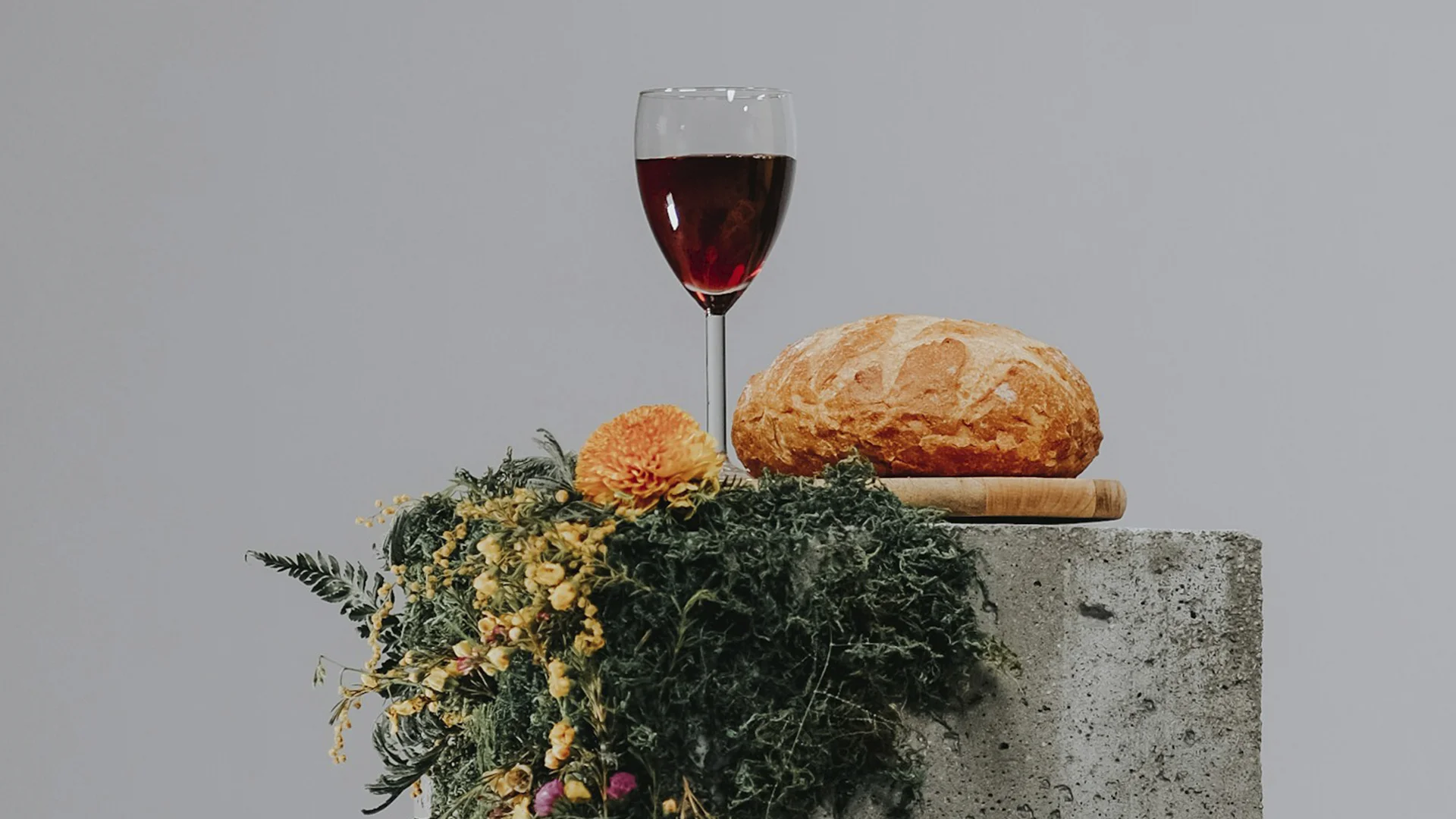
Chambourcin is the indie rock band of the wine world: not mainstream, but cult-loved by those who know. A French–American hybrid bred in the 19th century, it thrives in places where Pinot Noir and Merlot throw tantrums. It offers bold colour, peppery fruit, and versatility at a fraction of the price of Bordeaux. Hybrid varieties, such as Chambourcin, are becoming an integral part of American wine culture.
Let’s unpack why you should have a Chambourcin on your table.
Chambourcin is a red hybrid grape created by Joannes Seyve in France, during the early 1960s, using Seibel hybrids. Unlike traditional vinifera, it carries genes from North American species, giving it disease resistance and the ability to flourish in humid, tough climates. This French-American hybrid grape has become a cornerstone for winemakers in challenging environments.
Where it grows? Chambourcin is grown in the U.S. East Coast, Ontario, and Australia’s Hunter Valley. Chambourcin is often produced in regions like Virginia, Ohio, Pennsylvania, and New York. Vineyard conditions and practices in these areas play a crucial role in shaping the grape's quality and unique characteristics. It’s gaining popularity because it’s both farmer-friendly (less spraying, big yields) and drinkable (bright fruit, smooth tannins). Its resistance to fungal diseases makes it particularly well-suited for Pennsylvania’s humid climate.
Chambourcin can be dry or semi-sweet depending on the winemaker. Most serious bottlings are dry reds with pepper and black cherry flavors. But some producers lean into off-dry or even sparkling styles for summer sipping. Hybrid grapes like Chambourcin can be used to produce a variety of wines, including dry, semi-sweet, and sparkling wines.
The bottom line: expect a dry wine, unless the label says otherwise.
Unlike most red wine grapes, which have clear juice and rely on skin contact for color, Chambourcin is a teinturier grape. This means its pulp and juice are naturally tinted, giving it a pink to deep red hue straight from the press. That unusual trait ensures Chambourcin wines display intensely dark colors, even with shorter macerations.
The presence of red pigments in the flesh sets Chambourcin apart from other European varieties like Merlot, Cabernet Franc, or Cabernet Sauvignon, whose interior pulp is pale. This explains why Chambourcin is sometimes used to deepen color in blends and why it can be vinified into vividly hued rosés or sparkling reds with minimal skin contact. Its red juice is one of its most distinctive and celebrated characteristics.
Chambourcin isn’t just a treat for your taste buds. It’s got some serious perks for your health, too.
Chambourcin is a winemaker’s playground because it adapts to multiple techniques. Additionally, it is known for yielding higher amounts of fruit compared to many European variety grapes, making it an attractive choice for both large-scale and boutique producers.
This breadth of techniques makes Chambourcin one of the most adaptable hybrids, capable of satisfying both casual drinkers and serious collectors.
Chambourcin isn’t a one-trick pony. Styles include:
For consumers, this means Chambourcin is adaptable to your mood: a wine that can shift from picnic basket to fine dining table.
Chambourcin wines are deeply colored and aromatic.
A guided tasting:
Think of Chambourcin as Merlot’s edgier cousin: familiar fruit, but with more zip and spice.
Chambourcin’s acidity and spice make it one of the most flexible reds at the table.
Tip: Chambourcin is especially good with barbecue, where its fruity core and peppery edge meet smoky sauces.
If Cabernet and Merlot are divas, Chambourcin is a blue-collar workhorse, that is quietly producing high-quality bottles around the world:
You can find Chambourcin wines or vineyards specializing in Chambourcin throughout these regions, especially at local wineries, wine shops, and regional wine trails.
Chambourcin’s adaptability is its ace card. In cool climates, it leans peppery and herbal; in warm climates, it becomes plush and jammy. For consumers, it’s almost two wines in one, depending on origin.
Merlot is the polished corporate exec, Chambourcin the creative hustler with tattoos.
When to choose:
In short, Merlot plays it safe, Chambourcin plays with fire.
Chambourcin is a green warrior. Its hybrid genetics provide natural mildew resistance, reducing the need for chemical sprays by up to 50% compared to Chardonnay or Merlot. Chambourcin is also resistant to fungal diseases, making it easier to manage in humid climates.
For consumers, that translates to:
Some wineries market Chambourcin as organic or biodynamic, showing its role in the future of sustainable winegrowing.
Chambourcin is the wine world’s best-kept secret: bold, versatile, sustainable, and affordable. It’s not chasing Bordeaux glory—it’s giving you peppery fruit and food-friendliness at a price that doesn’t hurt. Many winemakers see it as a great way to showcase the potential of Pennsylvania wines, further cementing its reputation as a hidden gem.
If Merlot is Tom Hanks, Chambourcin is Keanu Reeves in John Wick: surprising, adaptable, unforgettable once you taste it.
Next time you’re scanning shelves, skip the predictable Cab. Grab a Chambourcin. You’ll get depth, spice, and a good historical background—all for under $20.

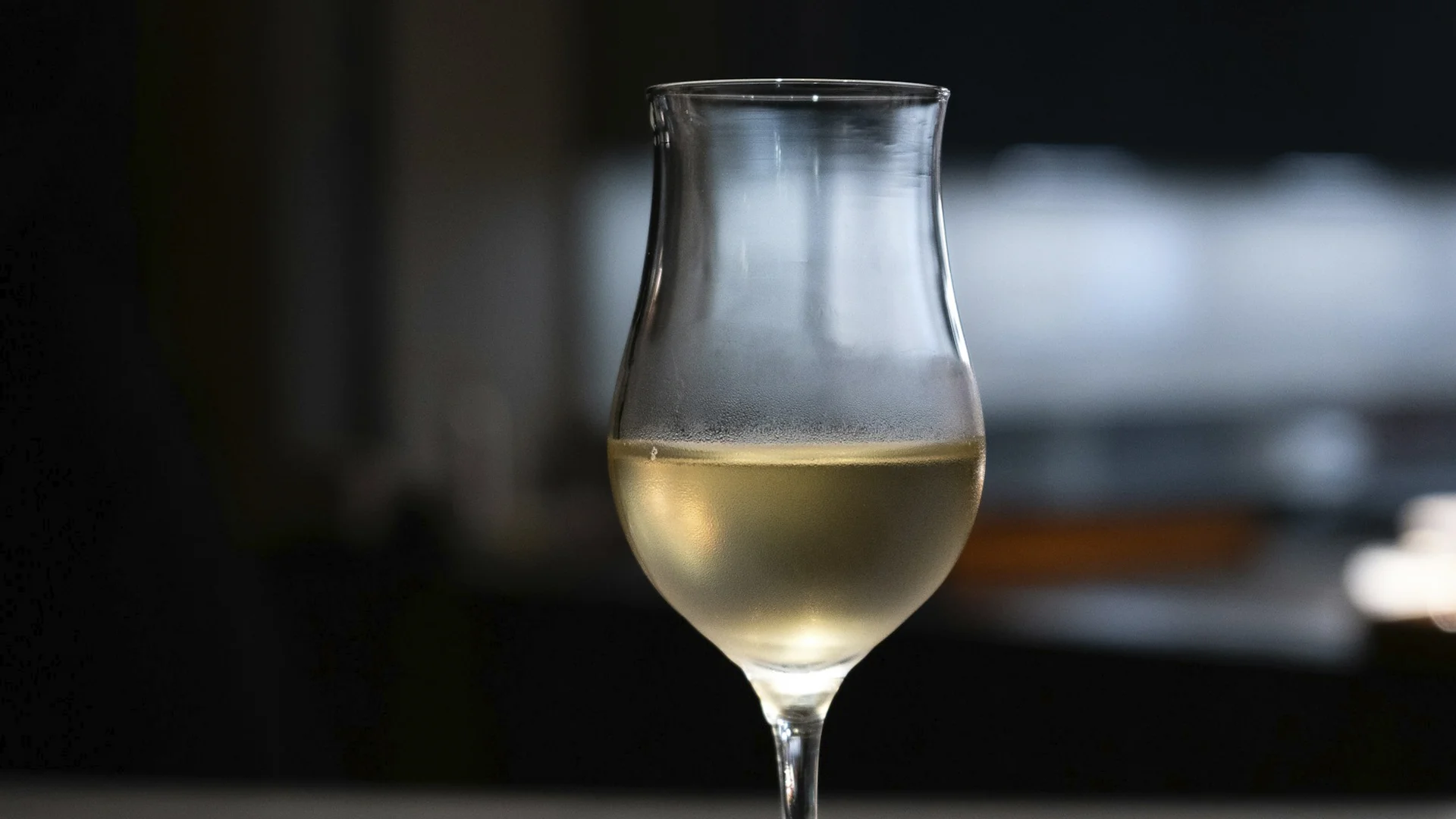
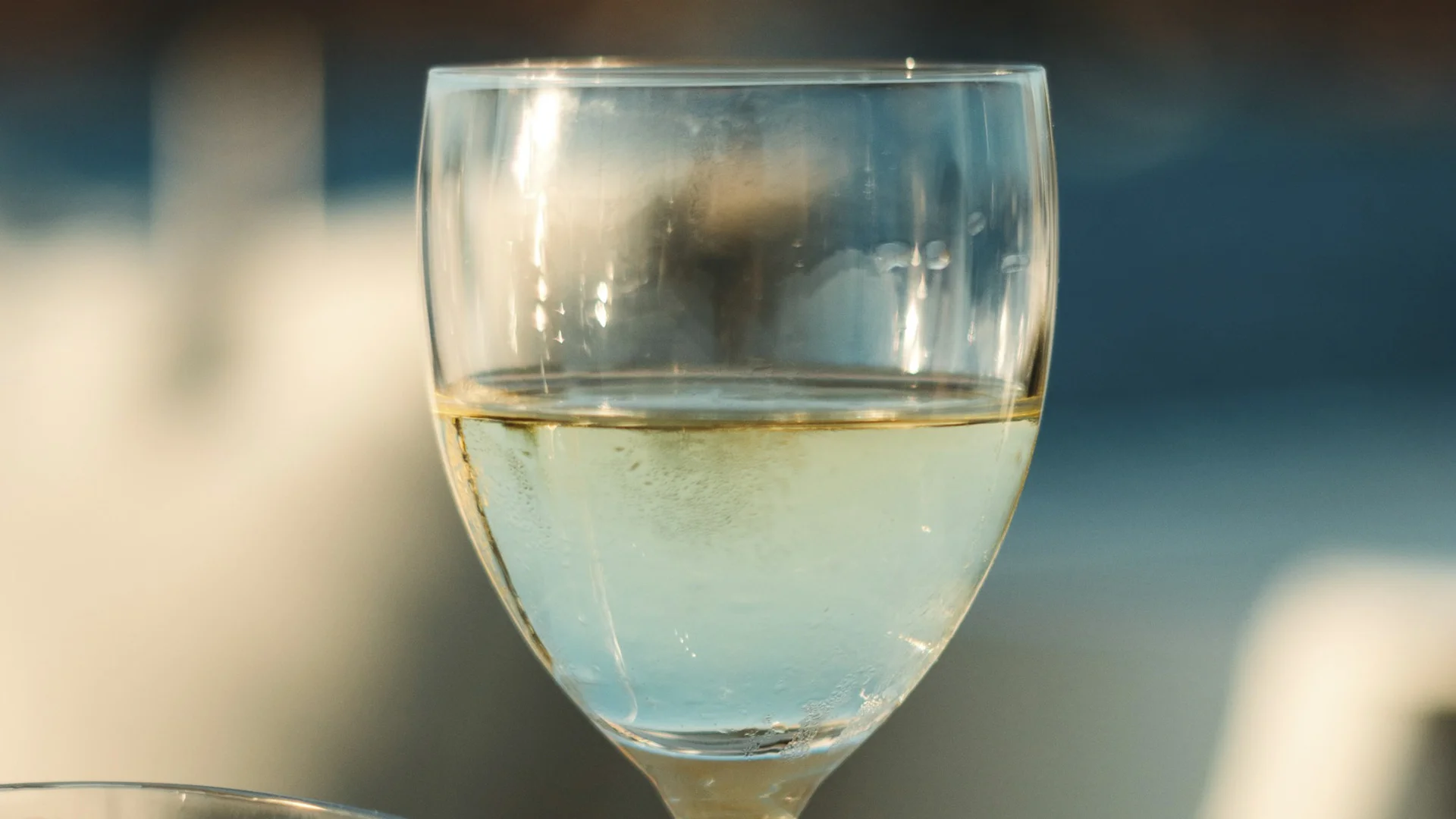
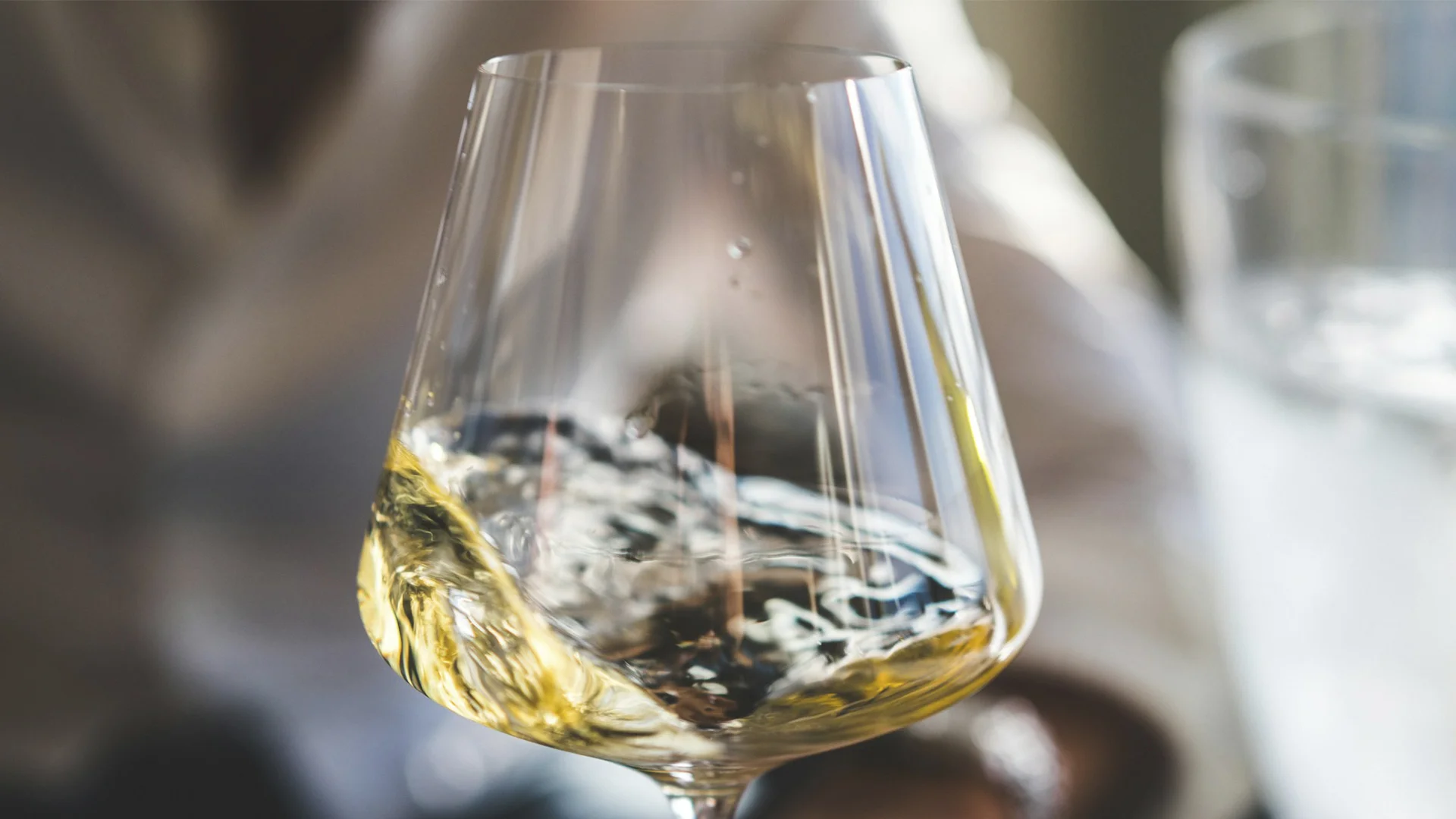
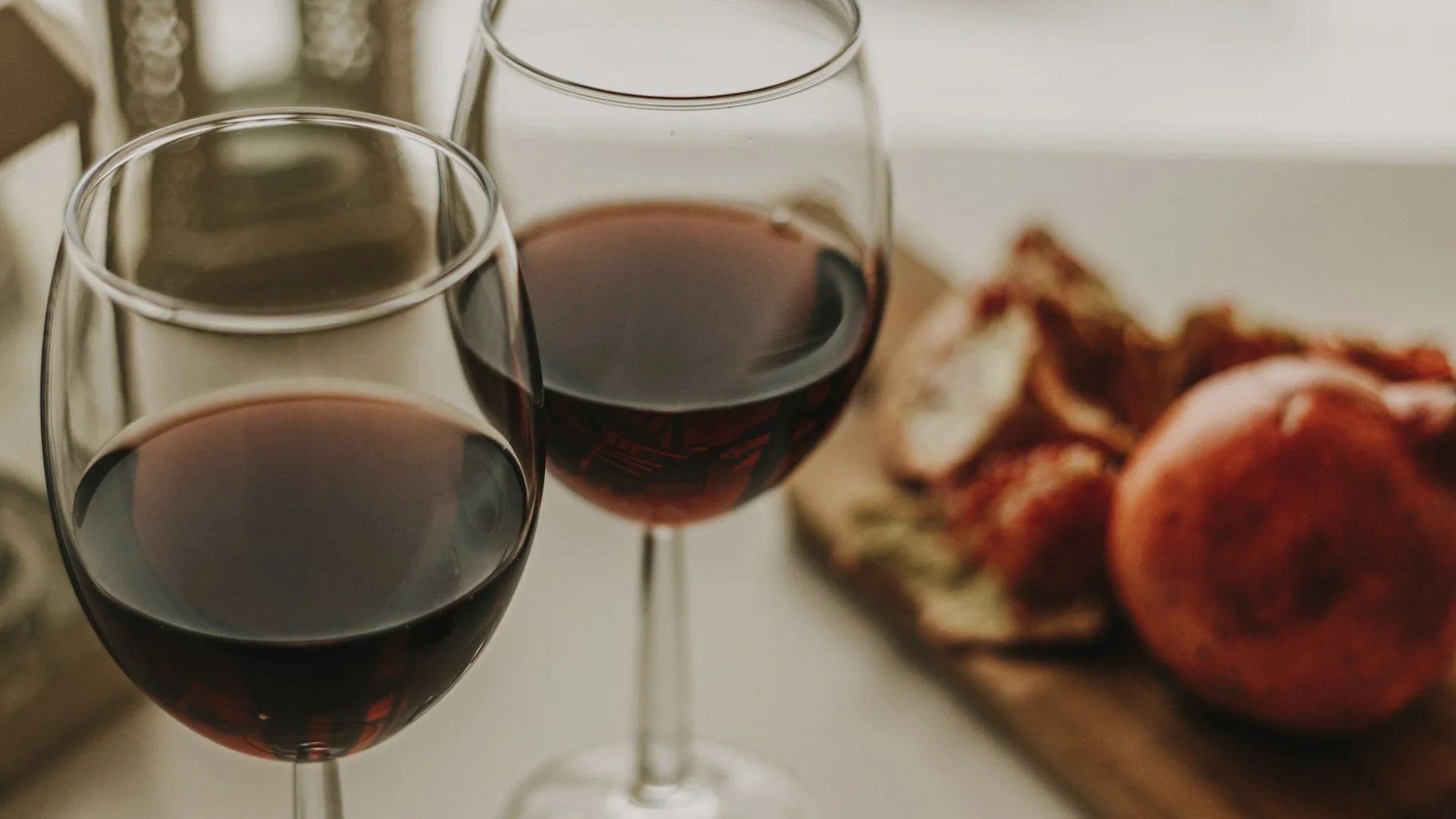
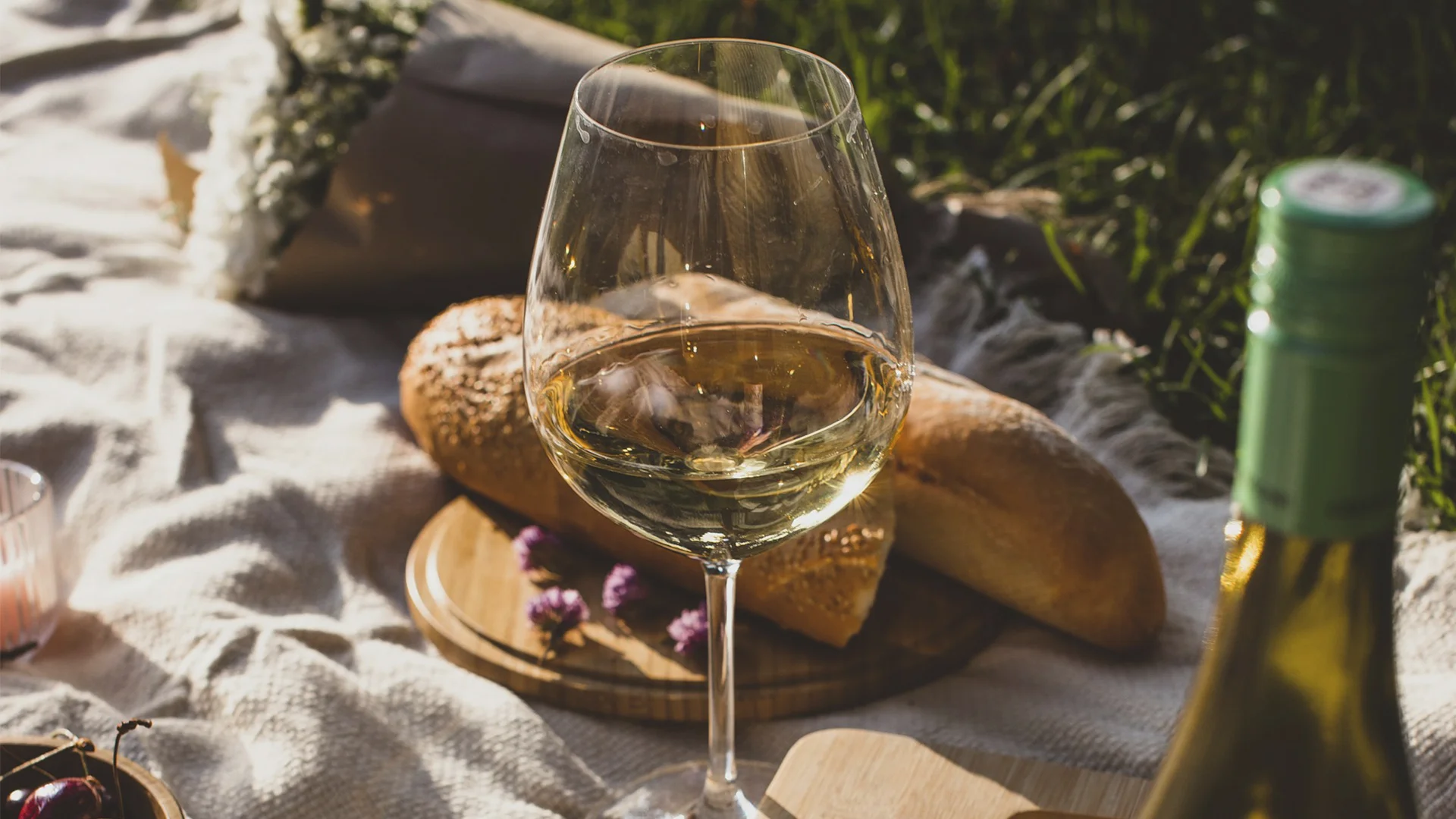
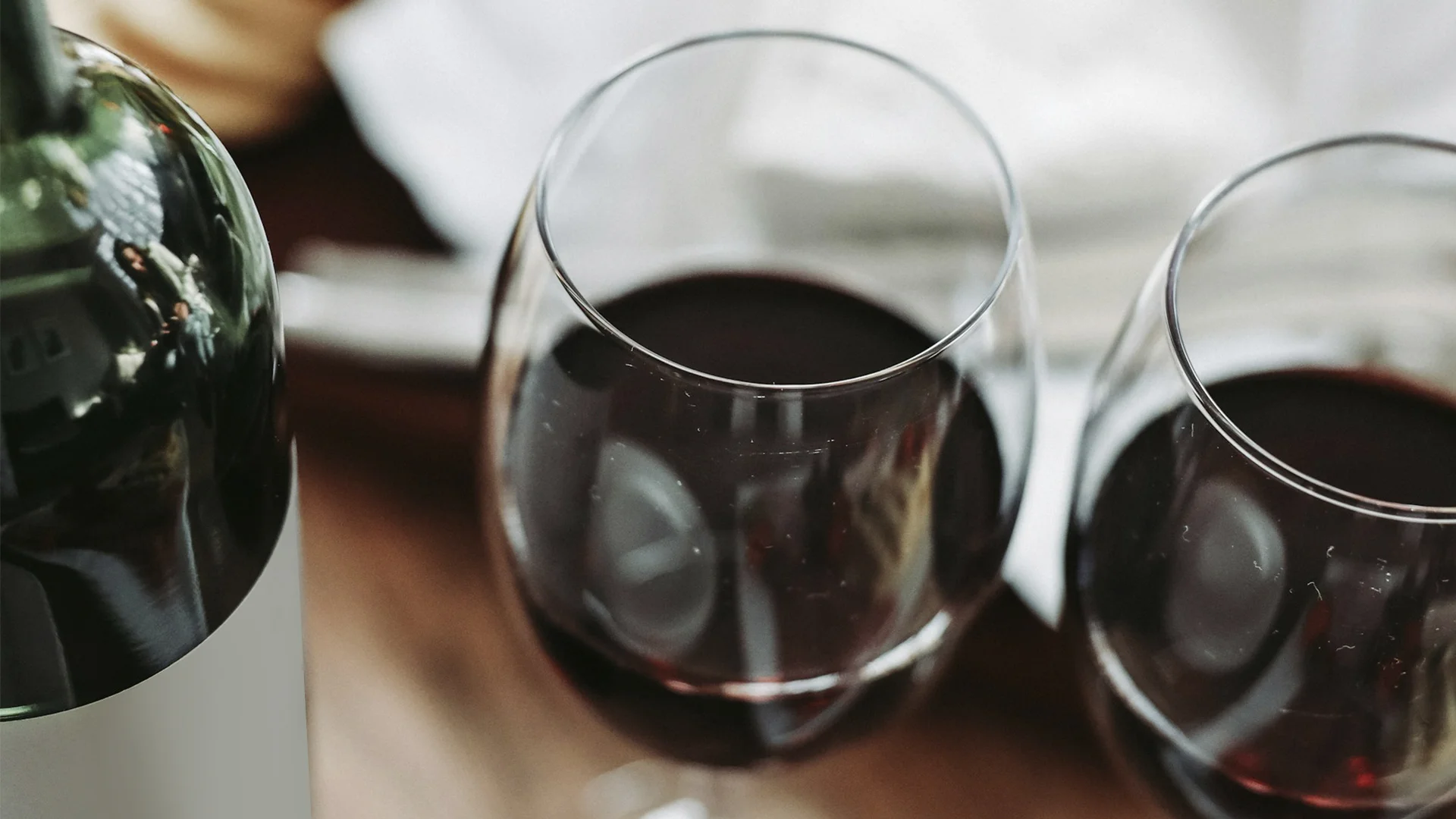
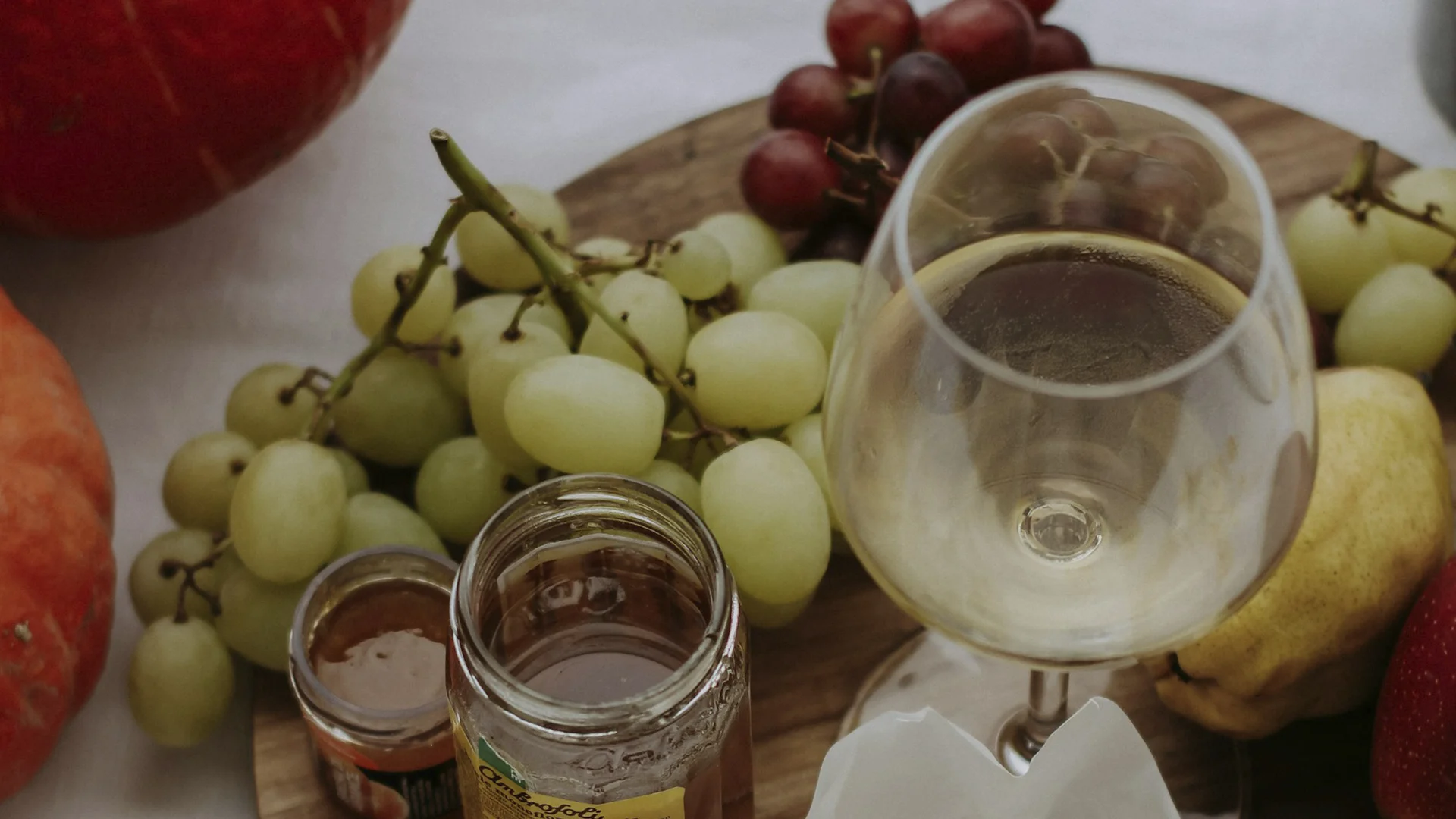
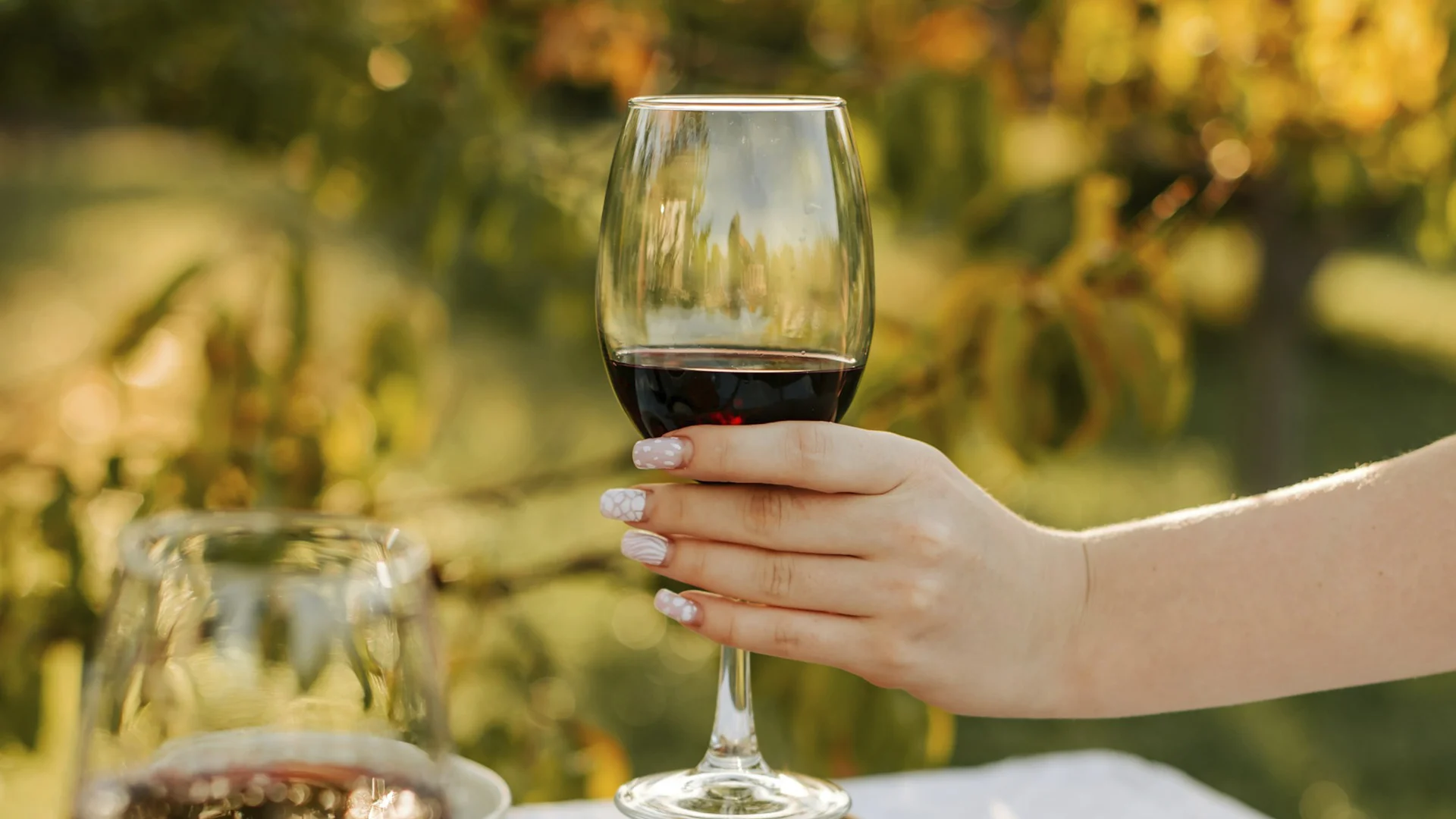
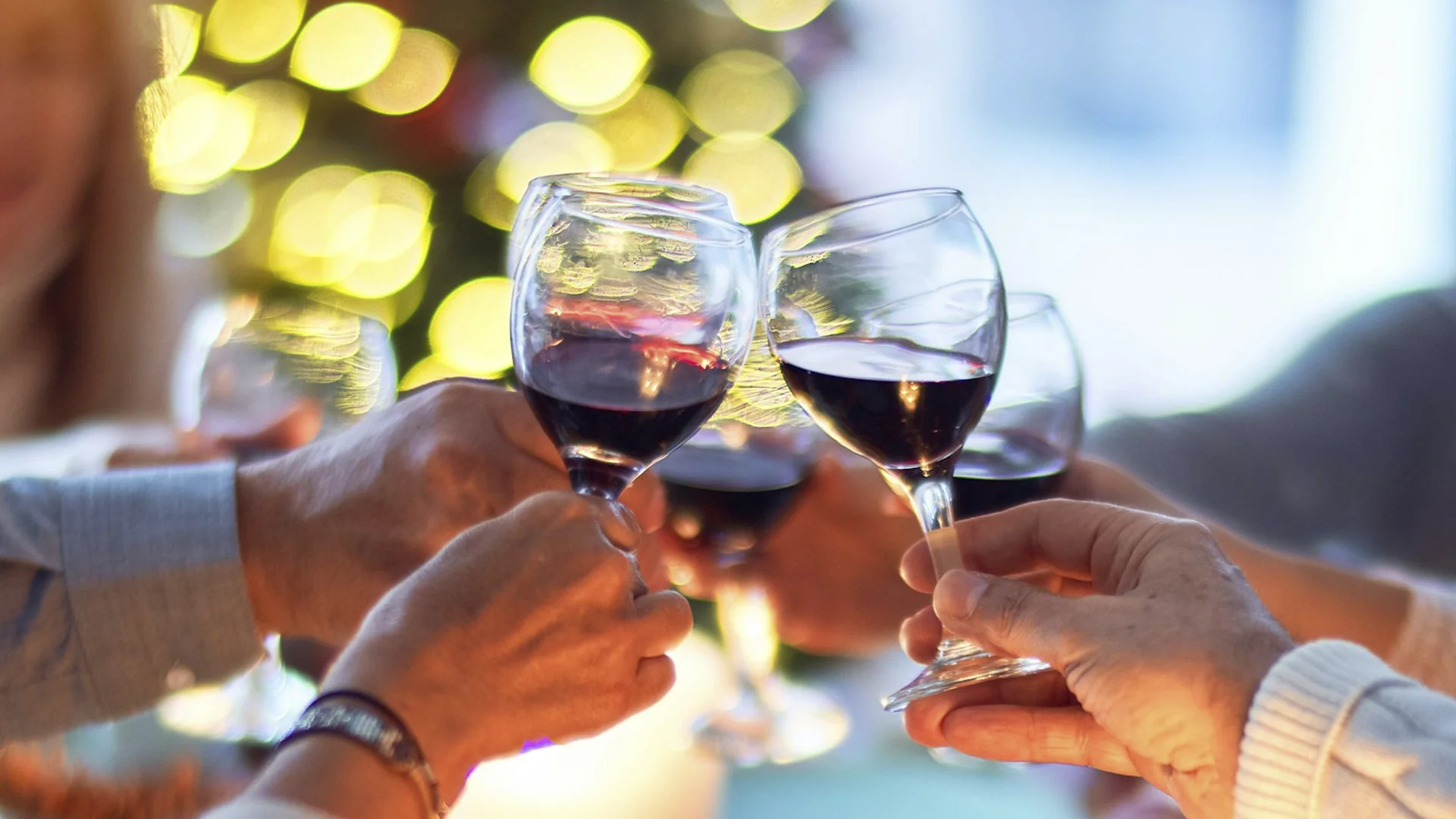



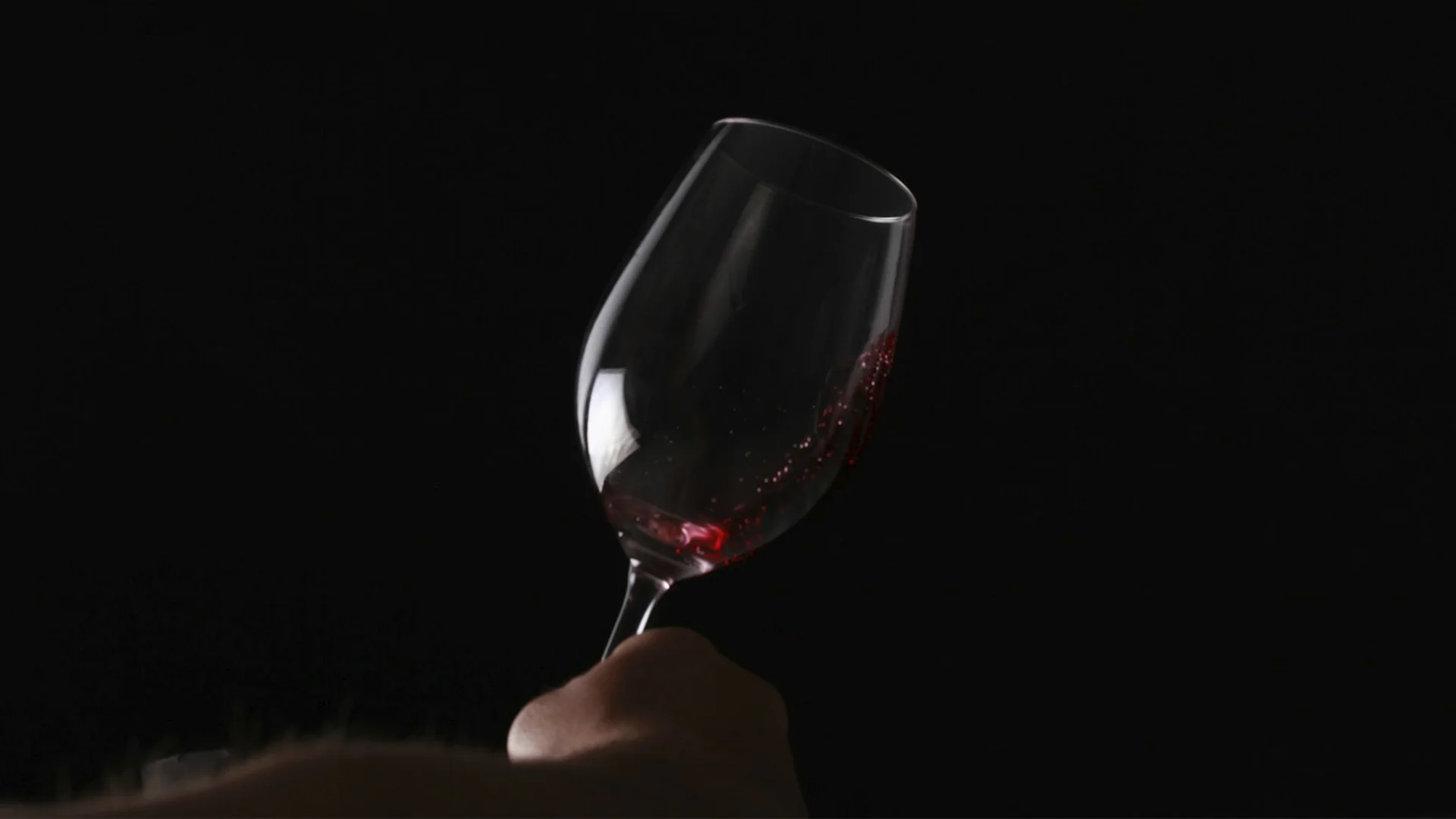
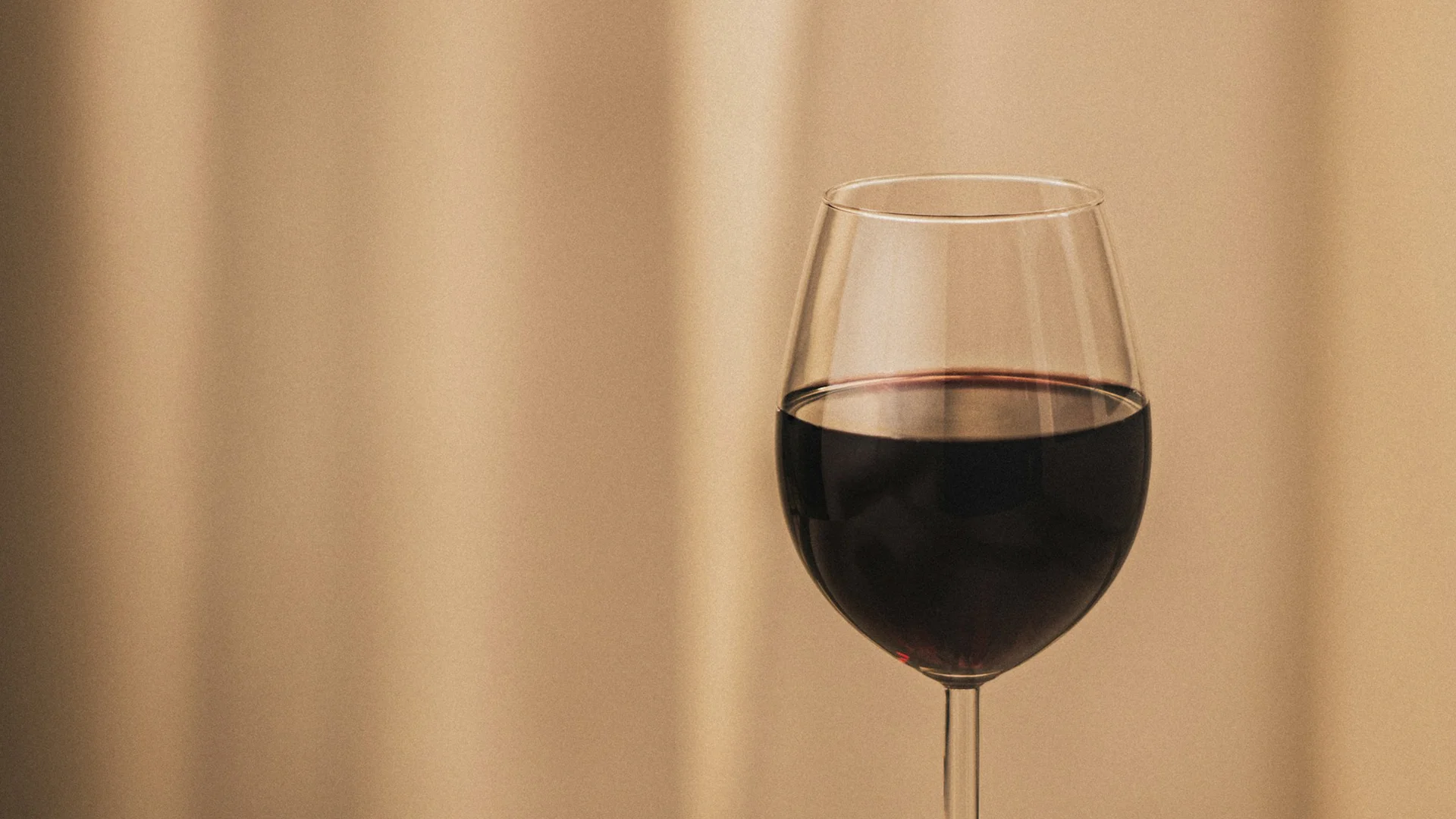
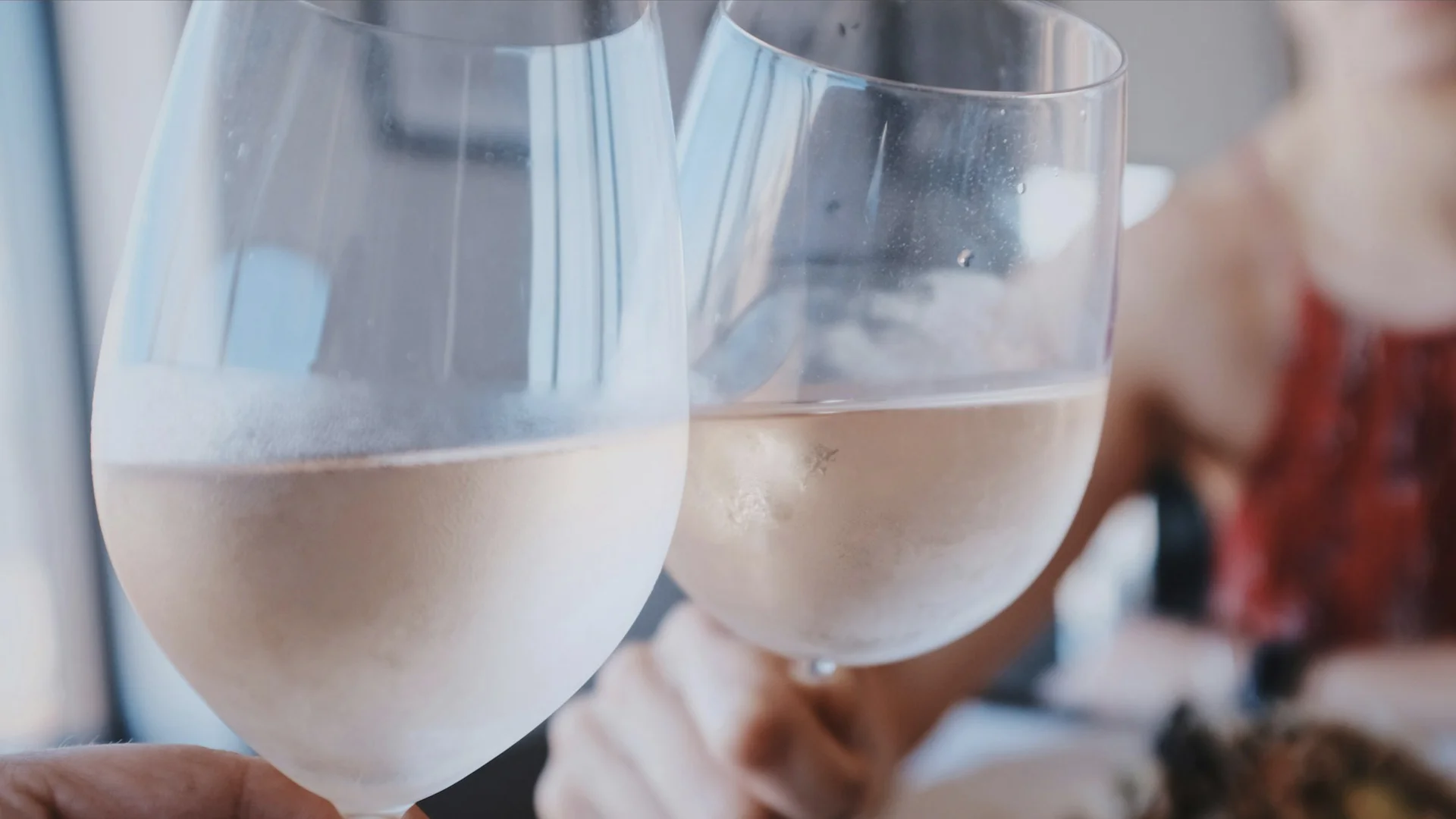

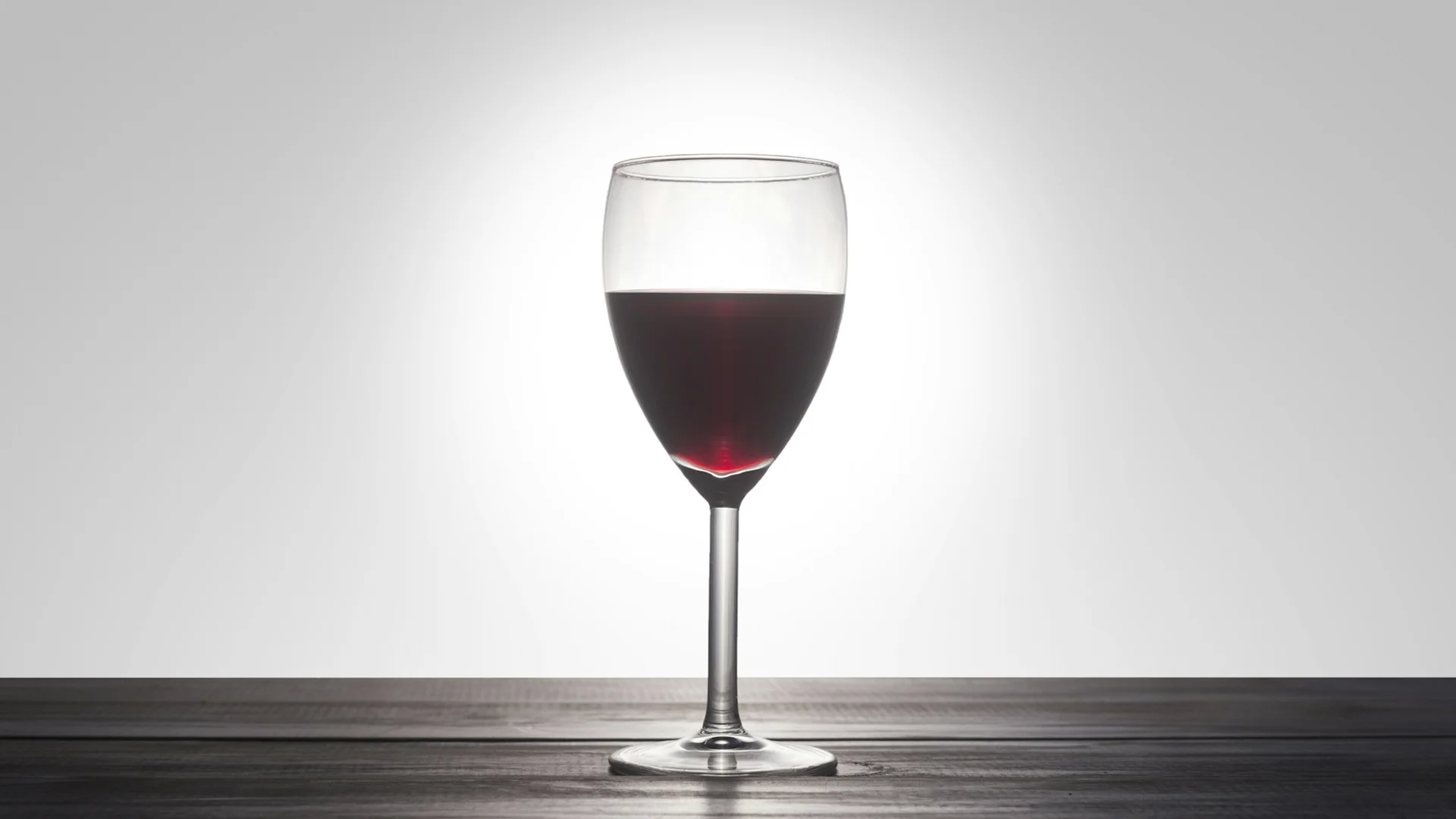

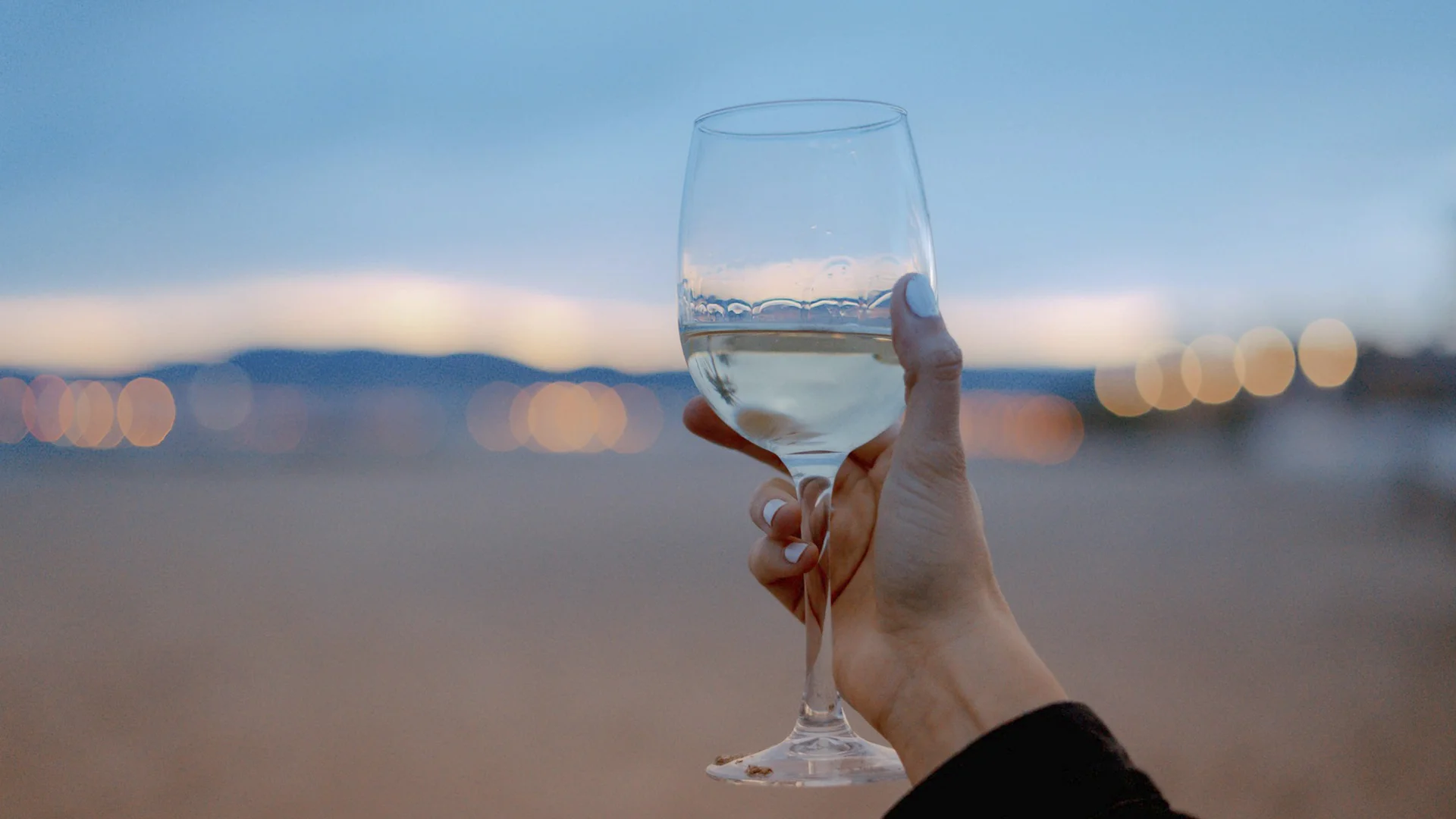
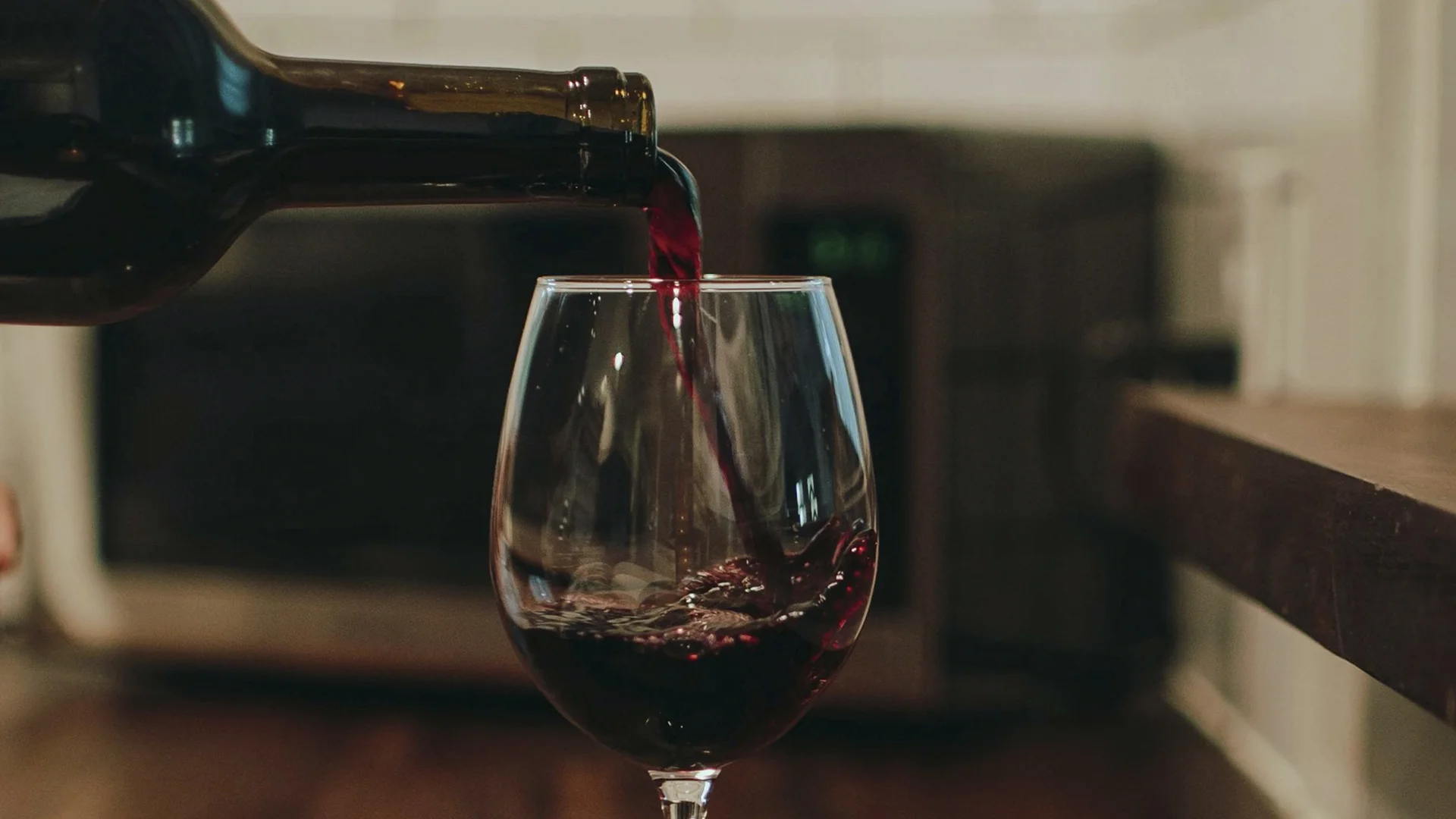
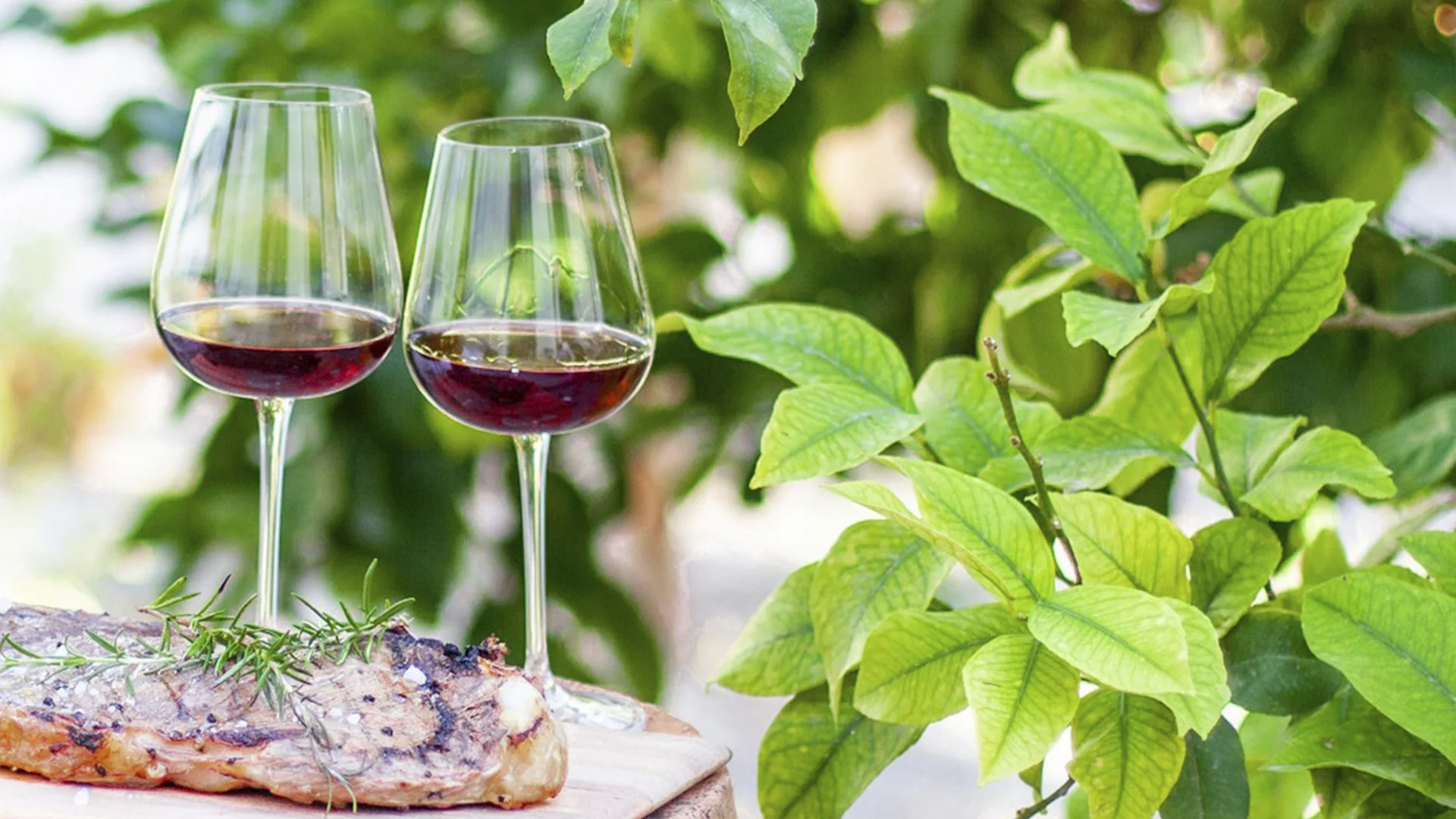
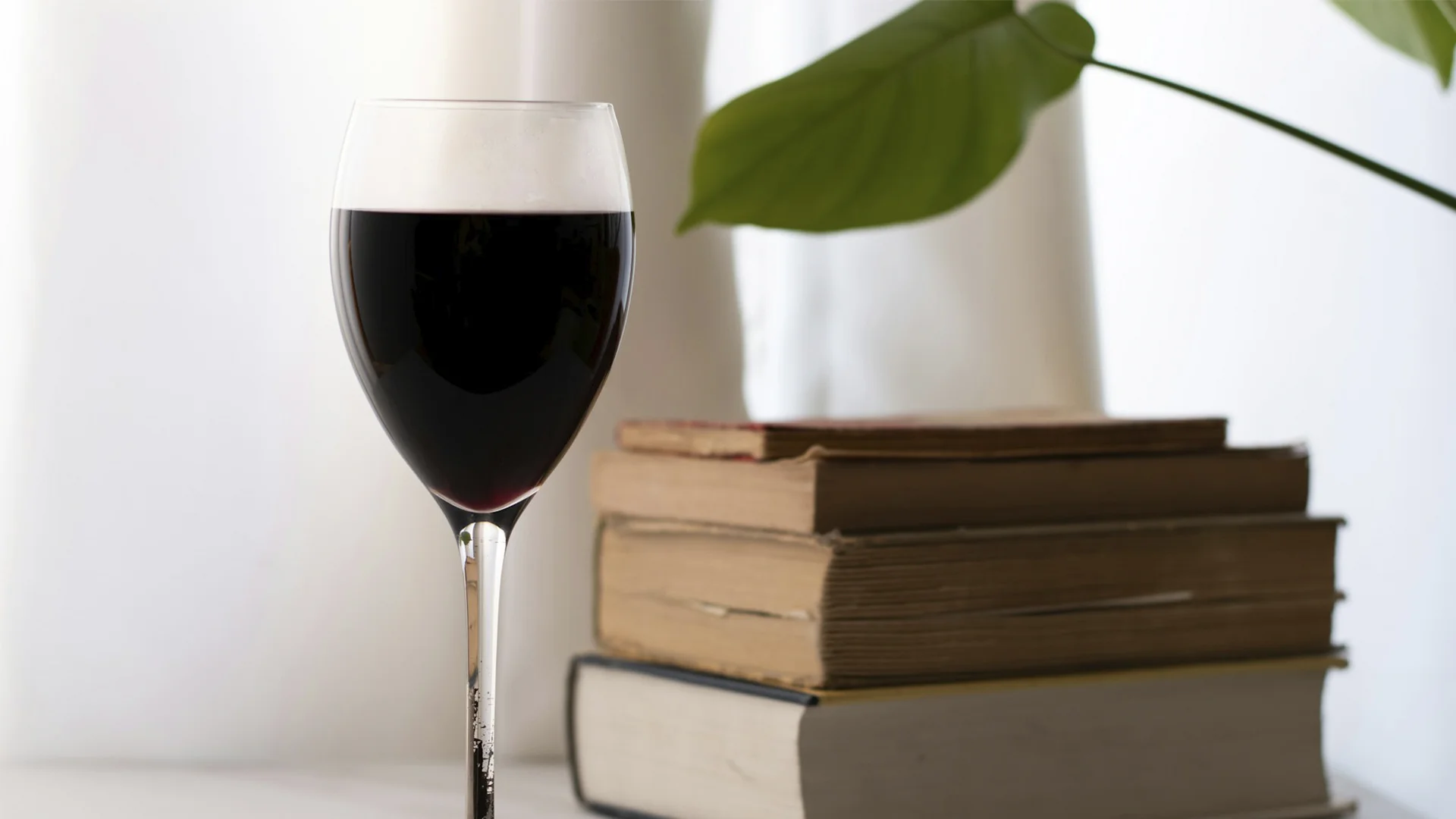
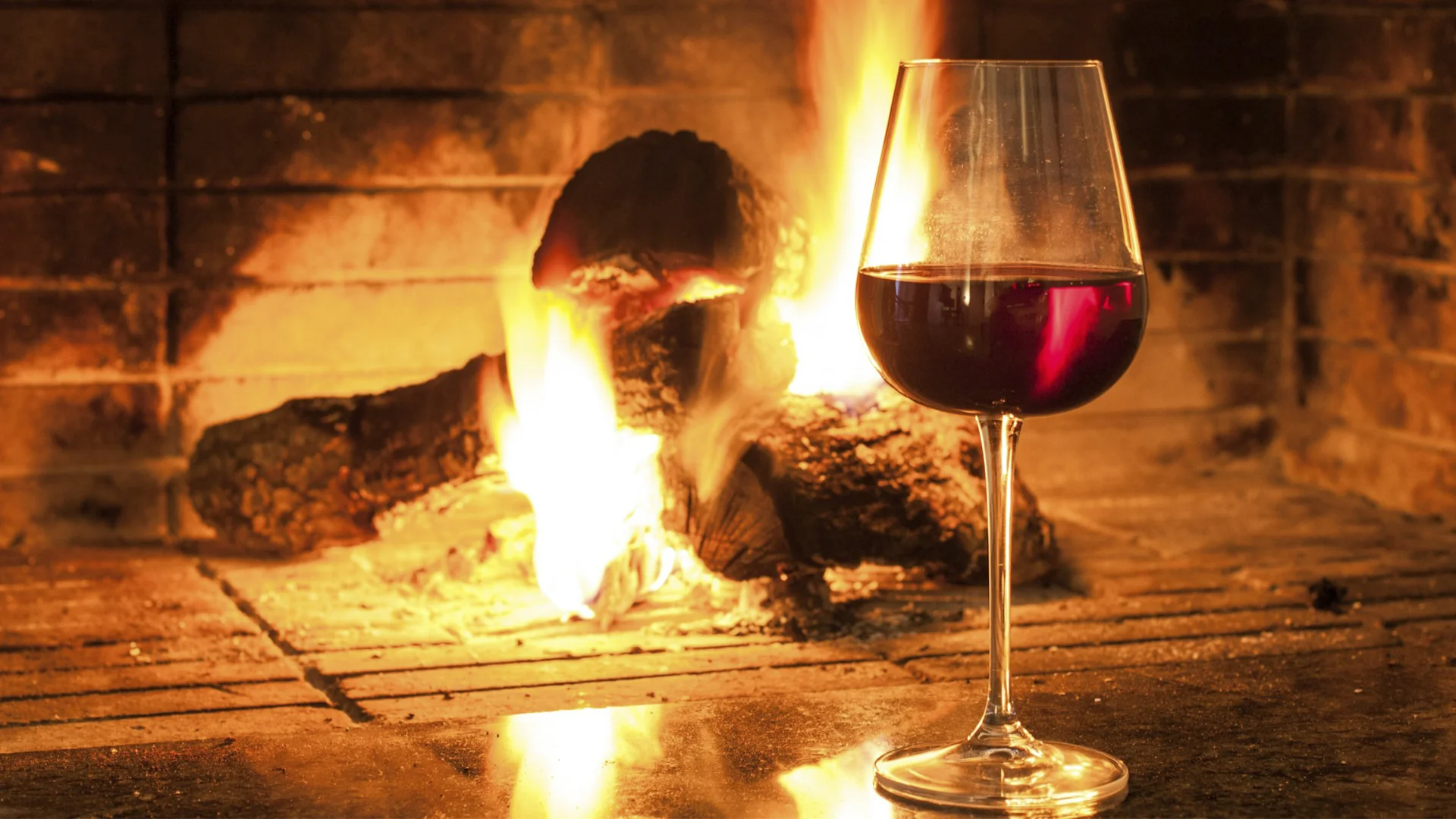
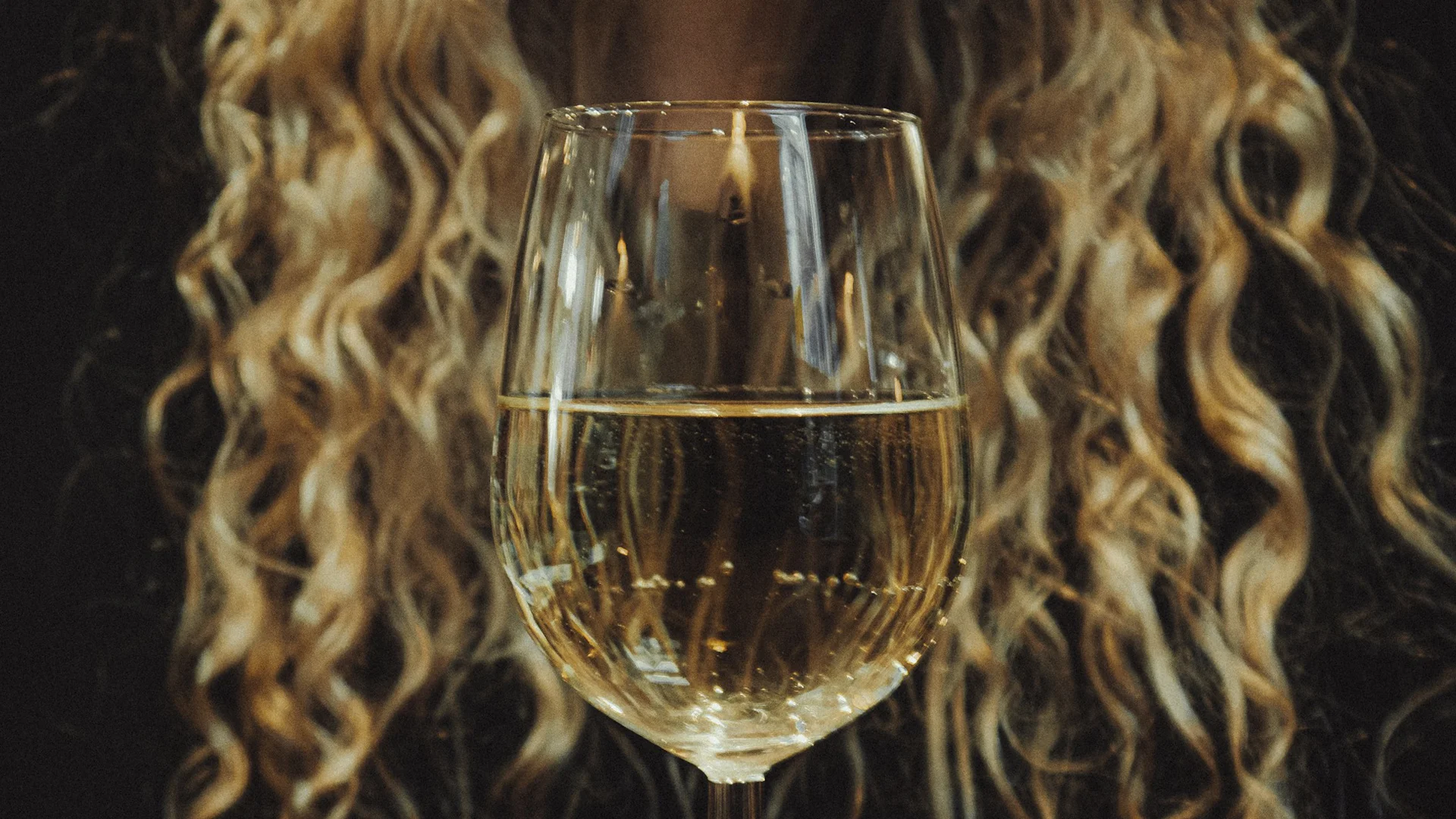
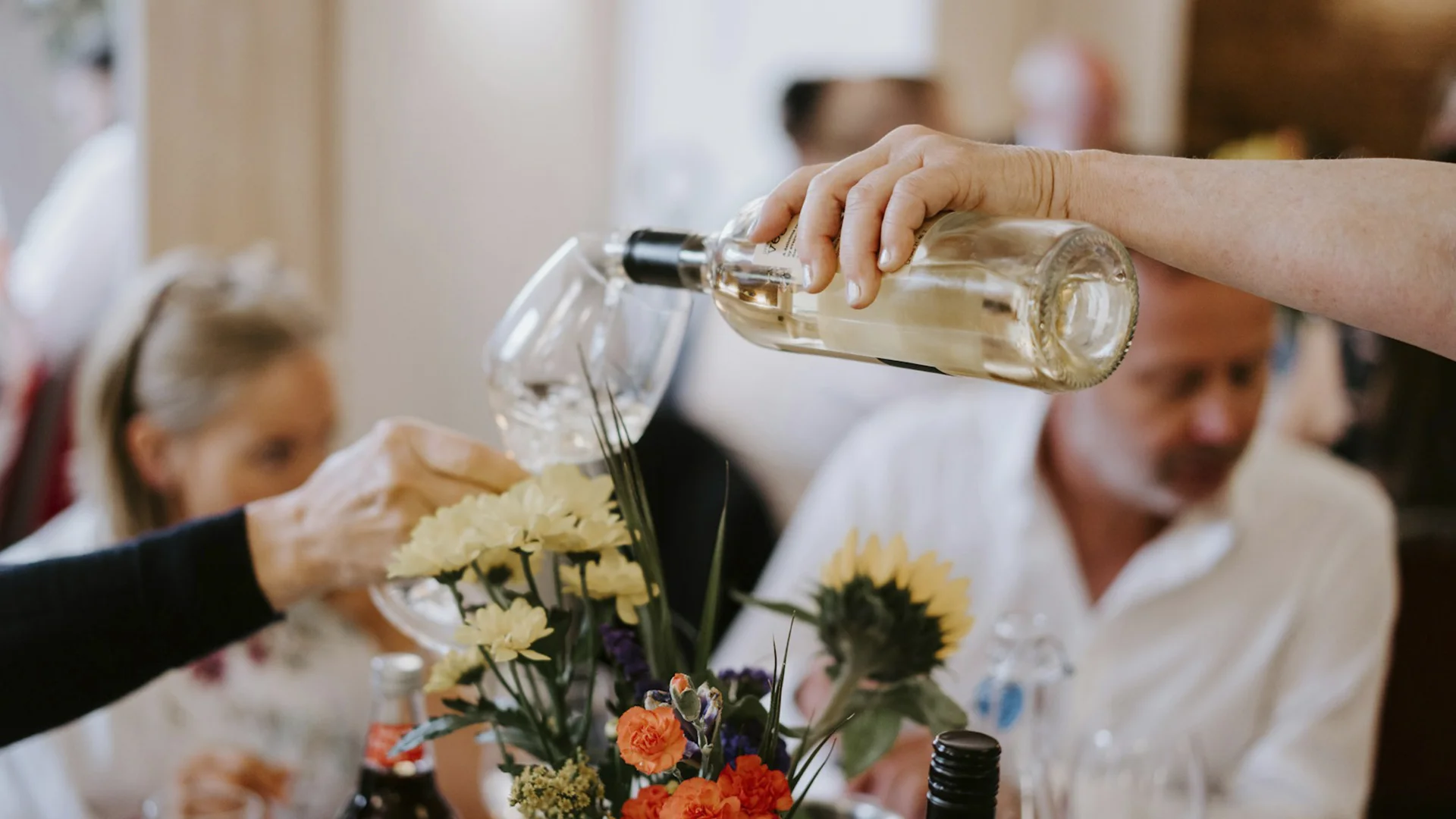
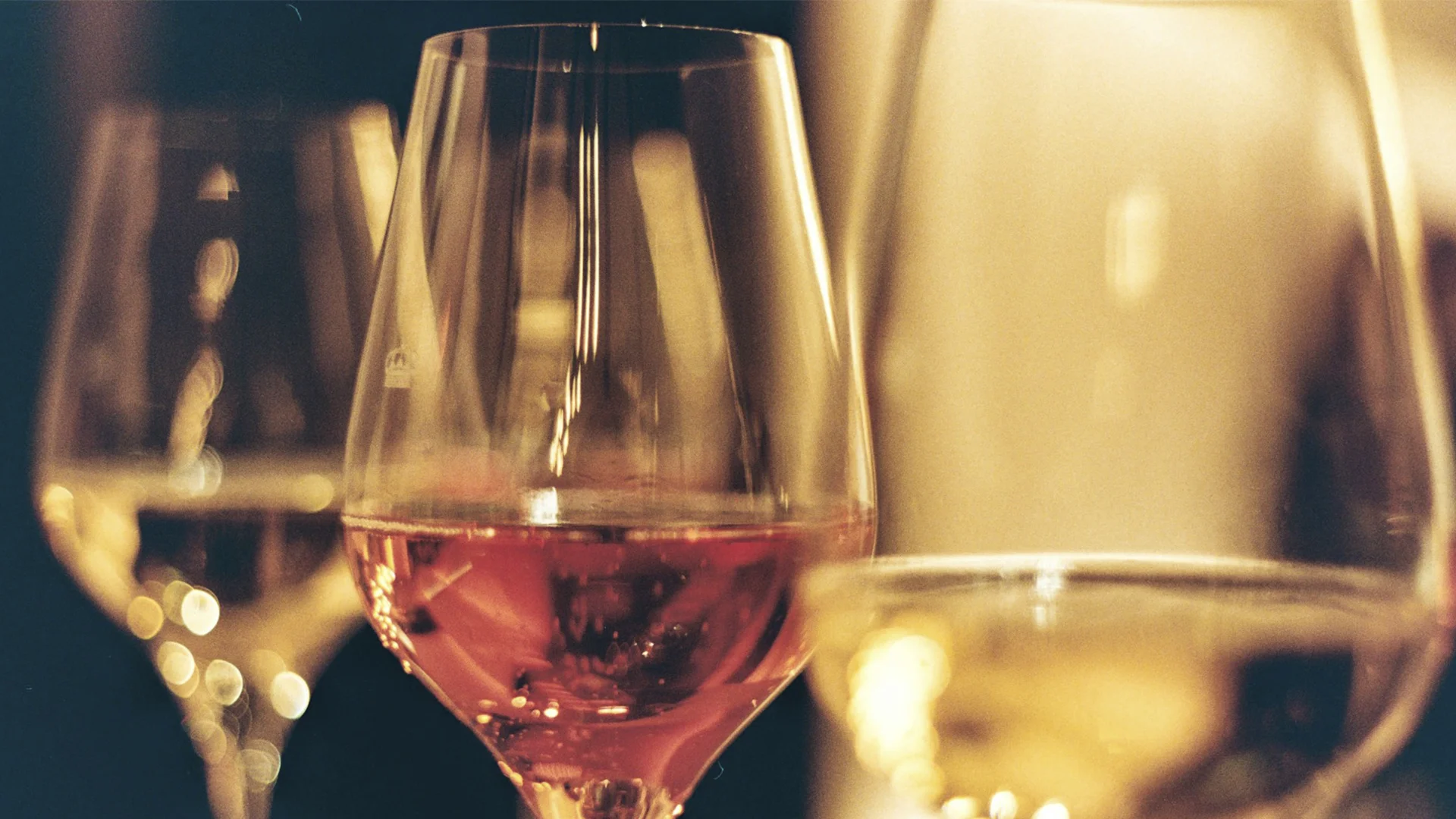
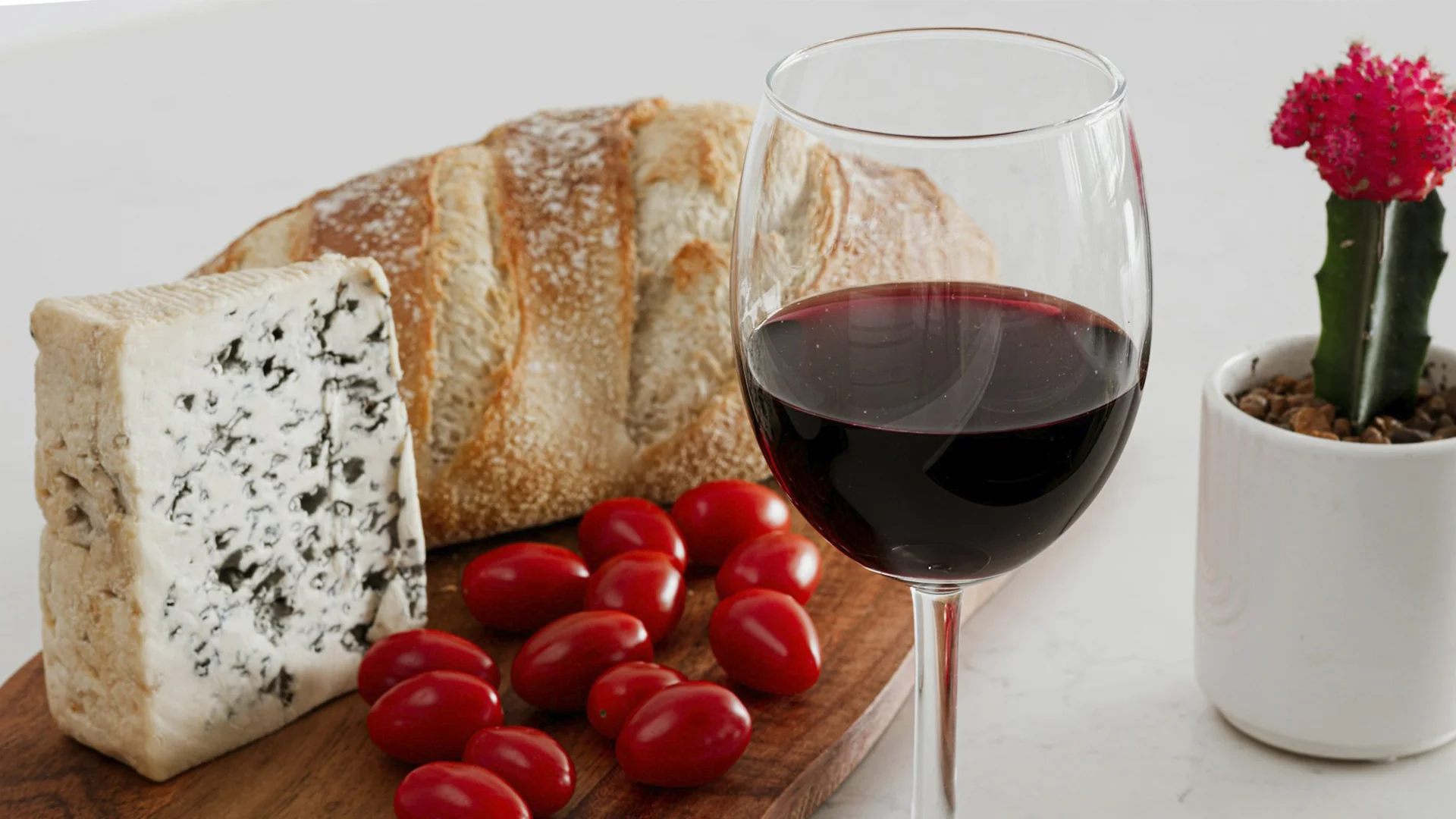
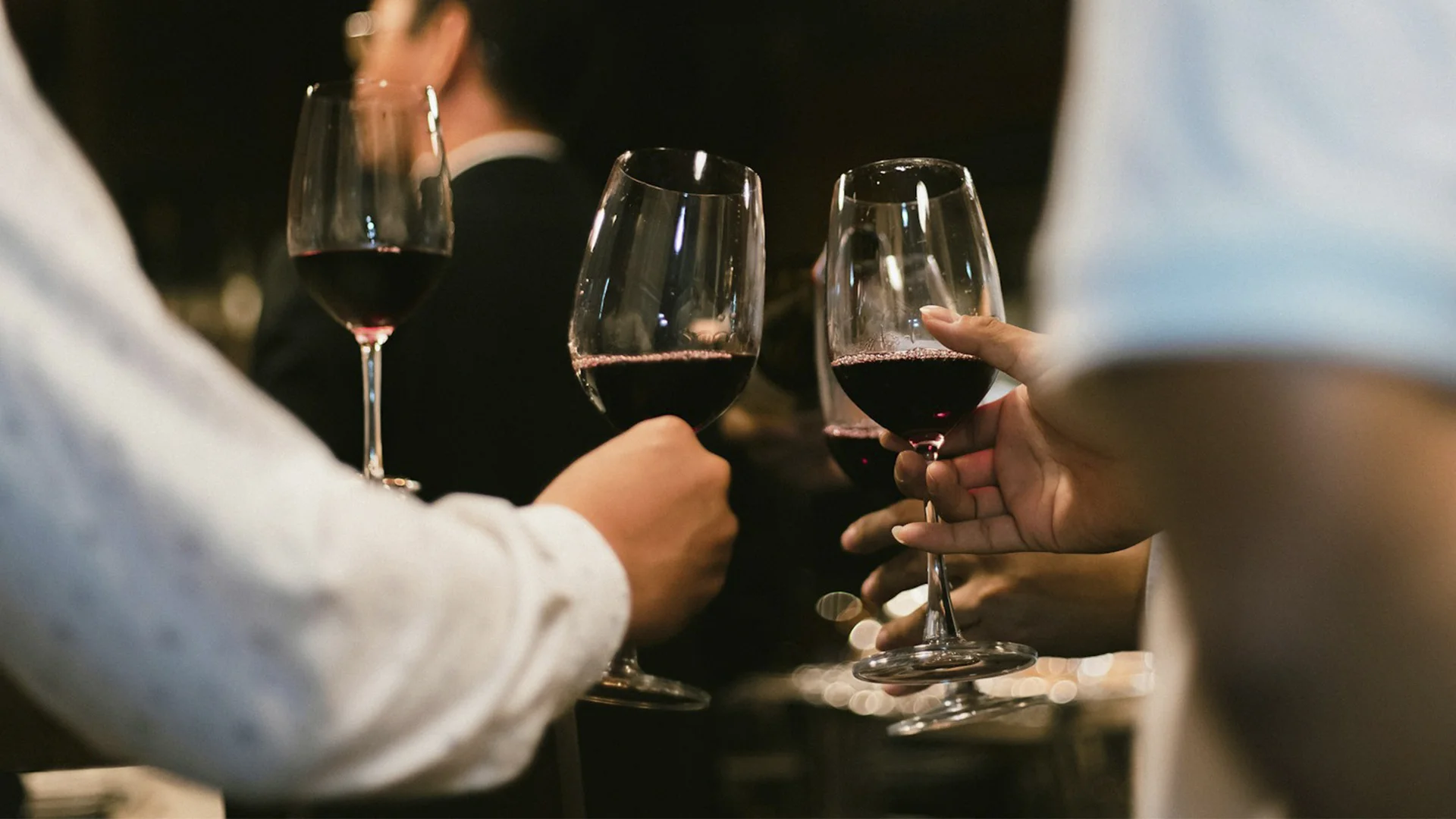

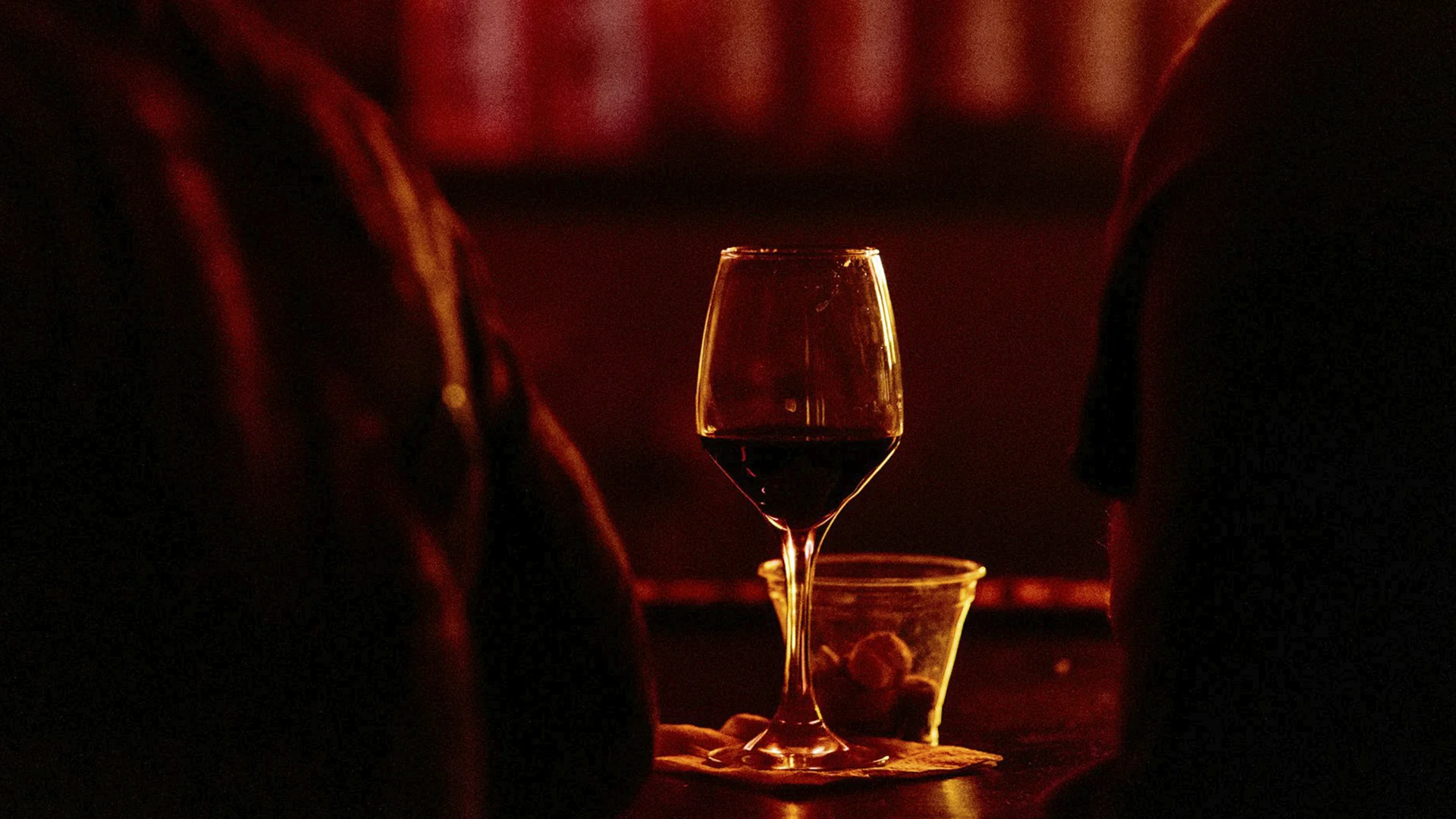
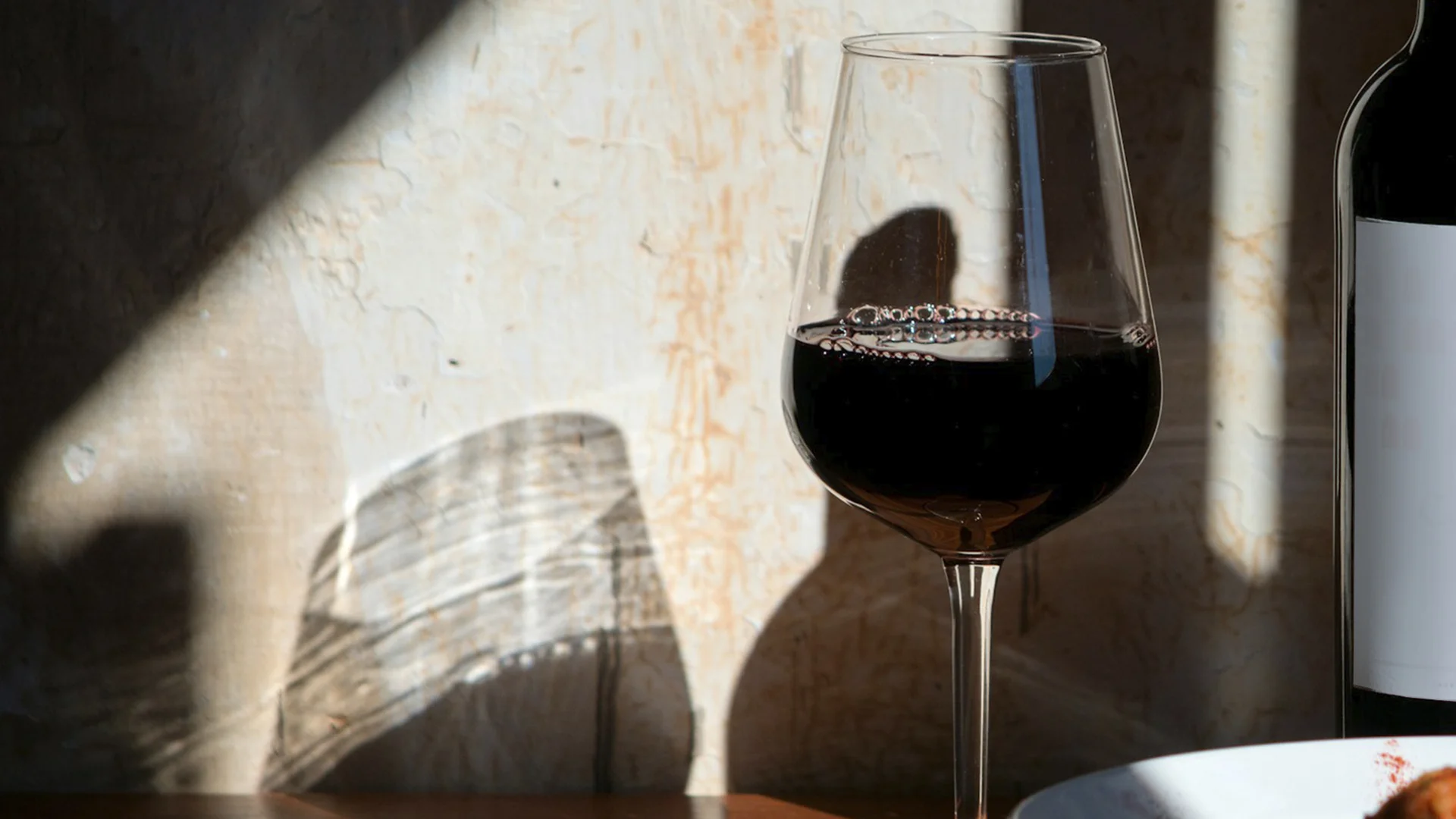
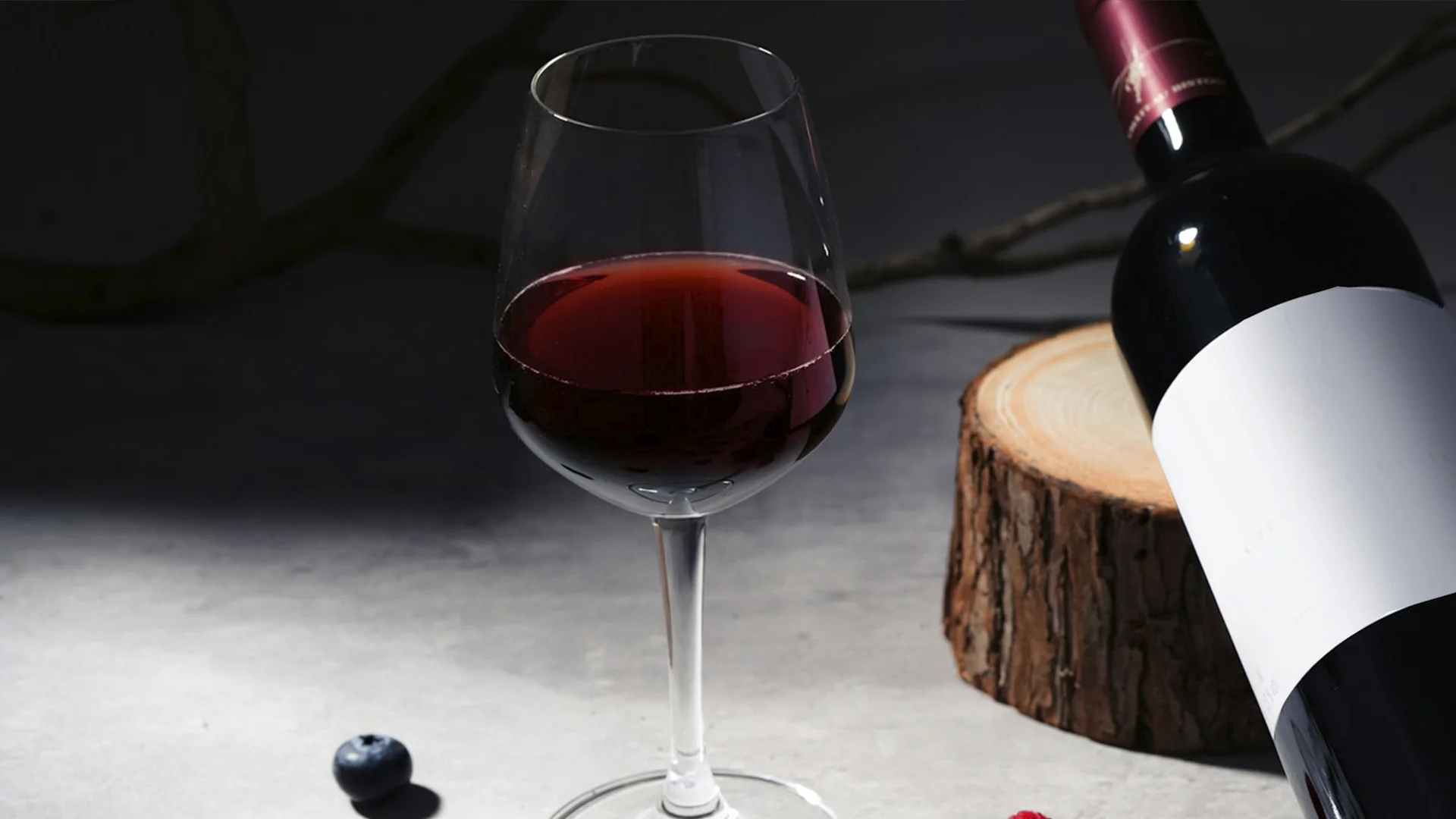
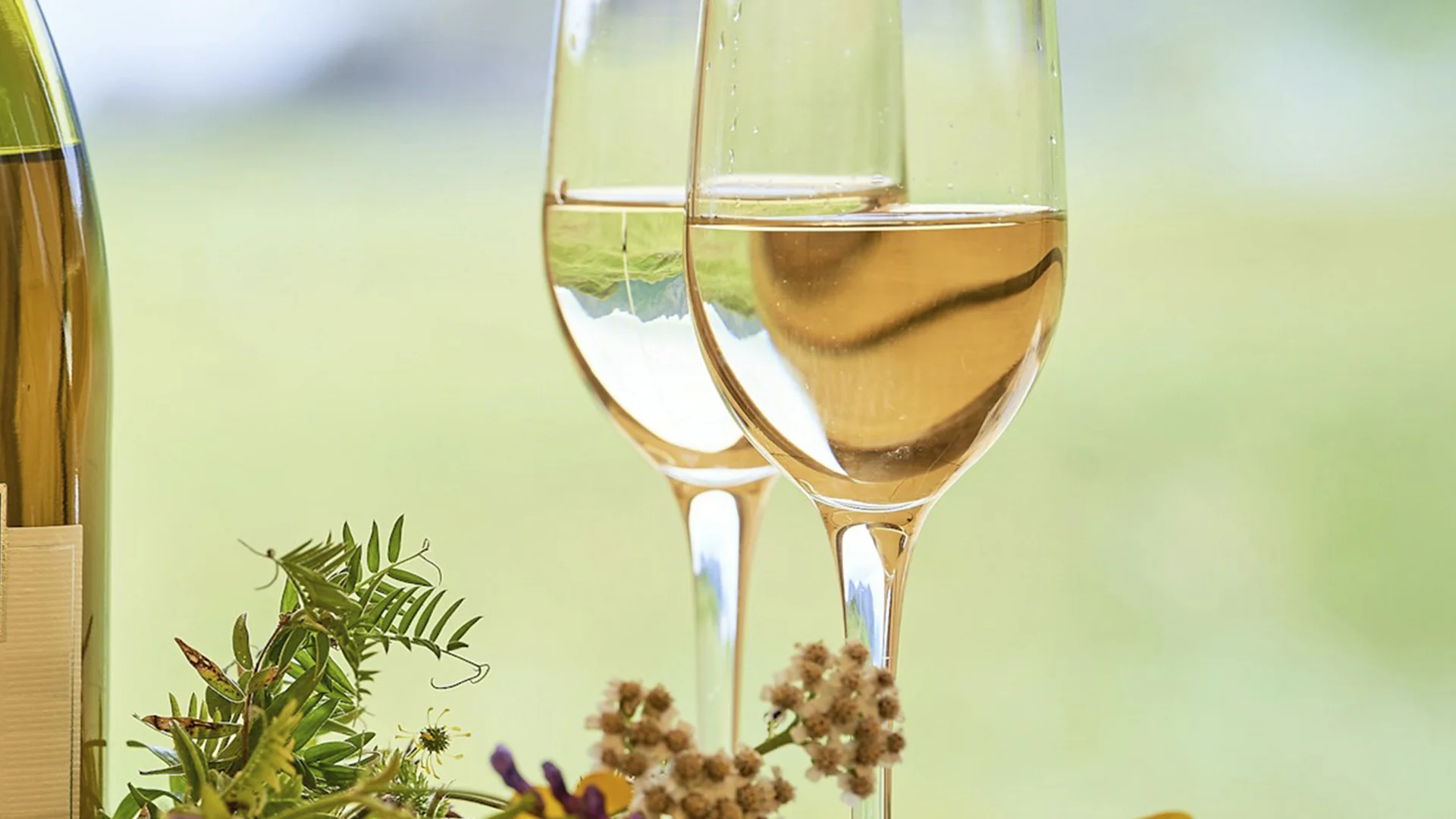
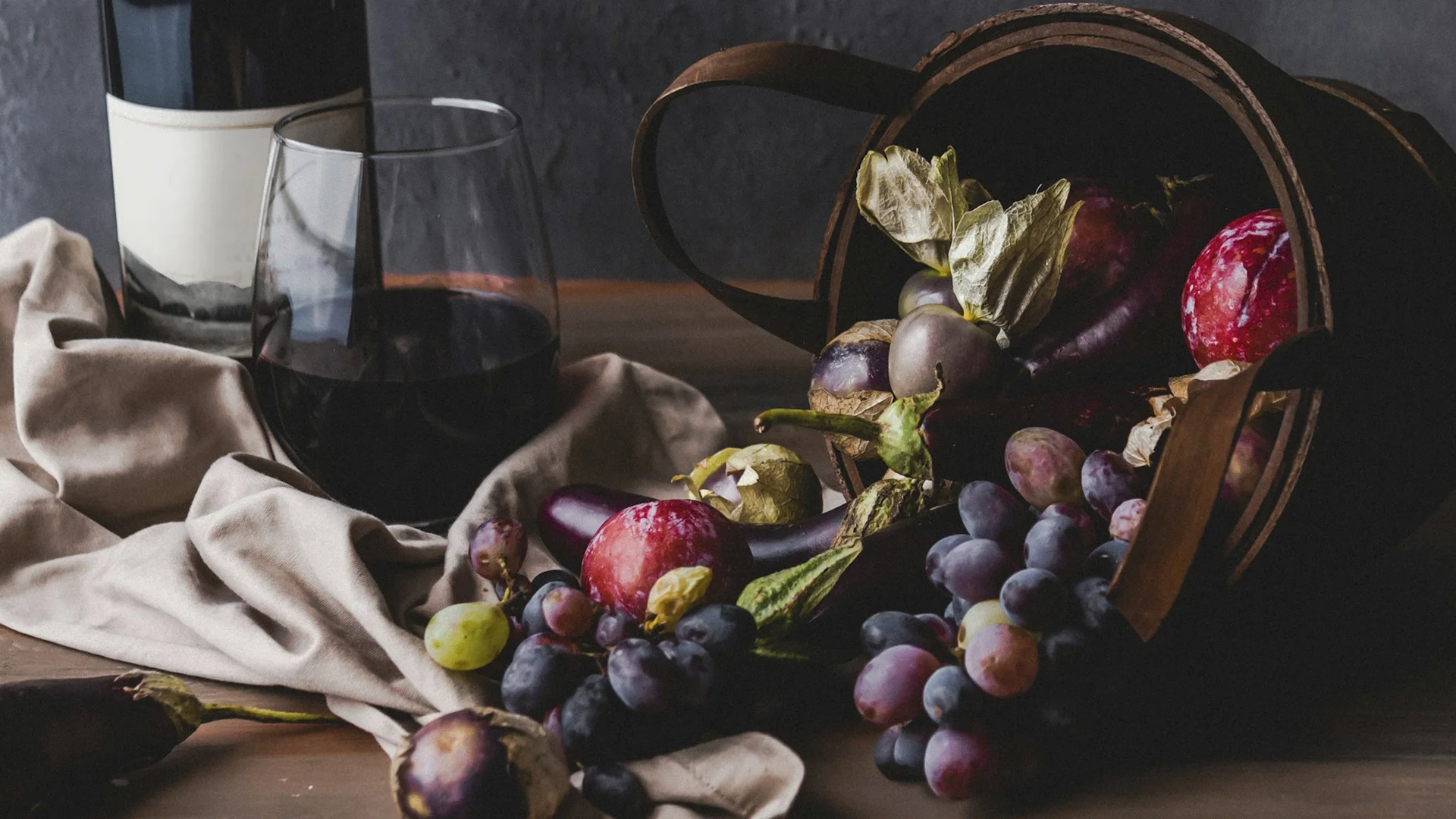
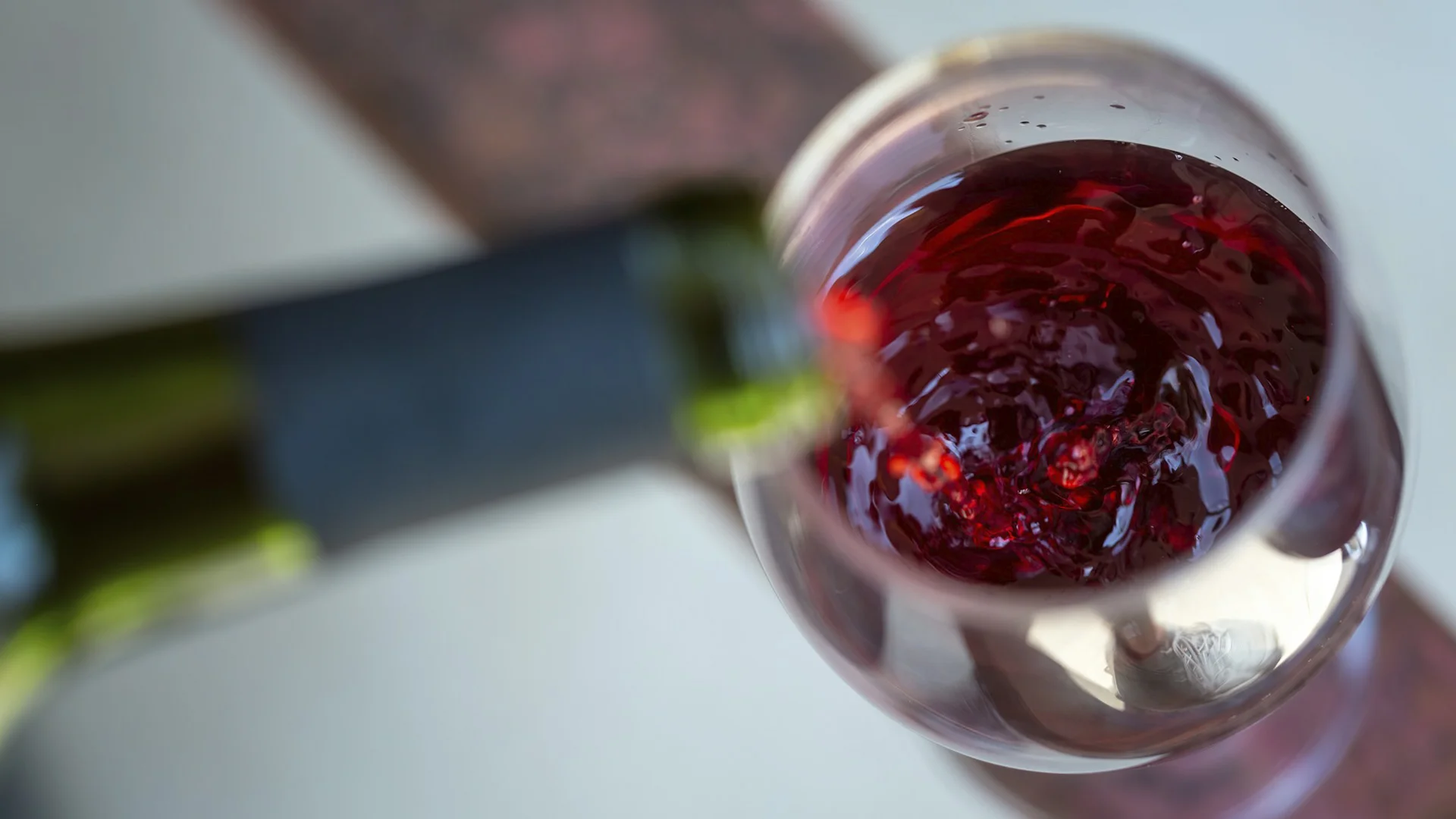
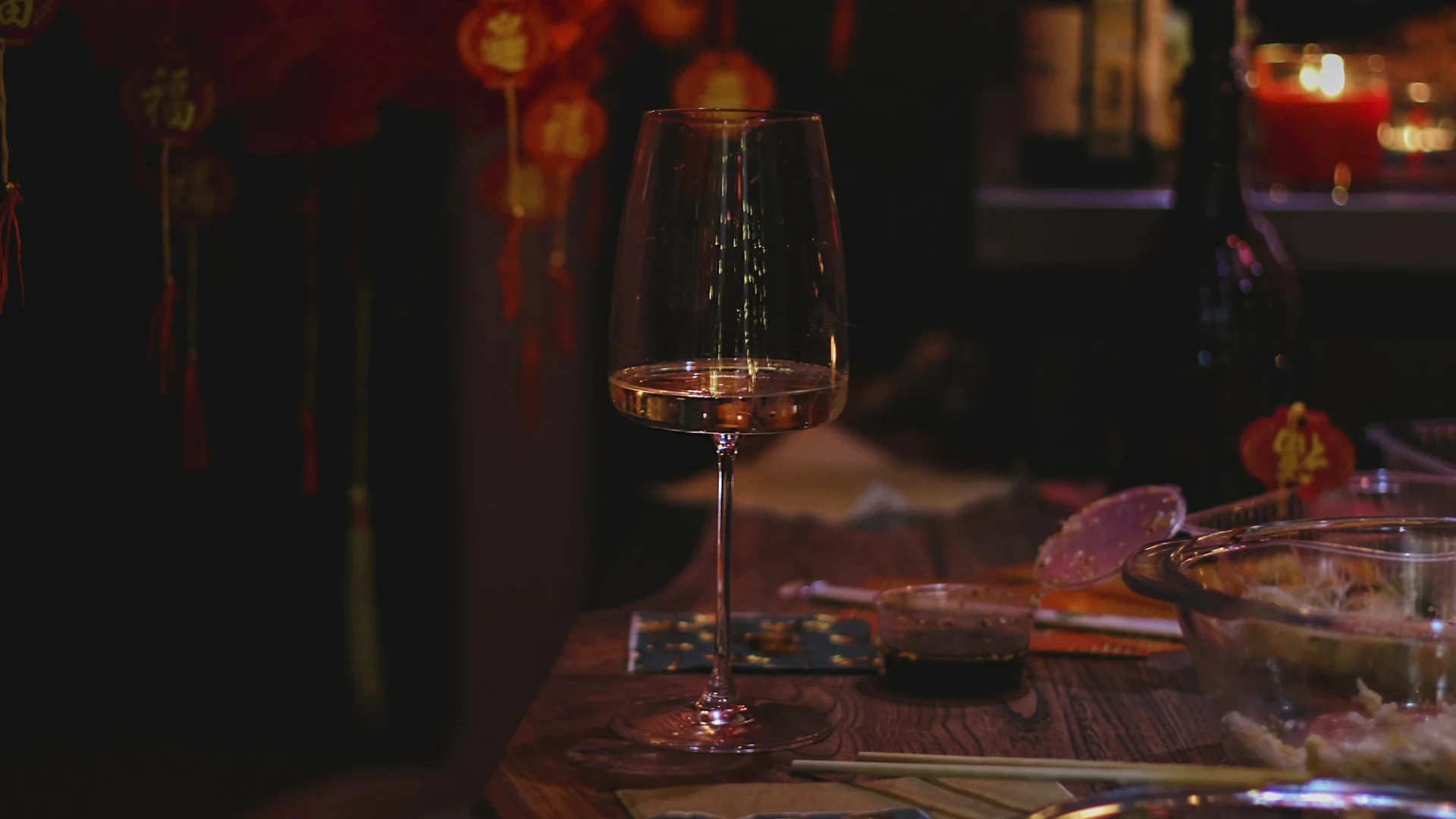
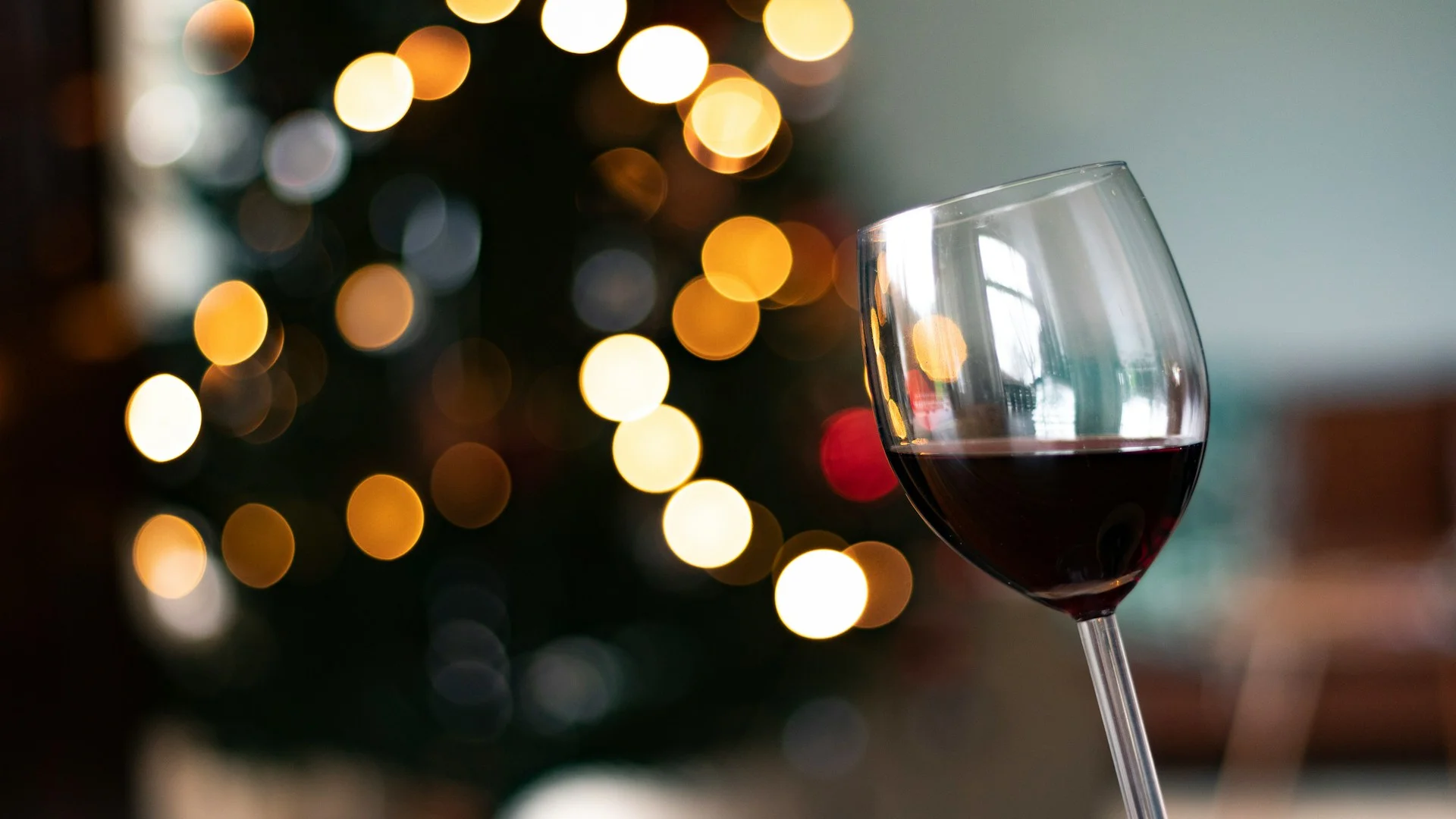
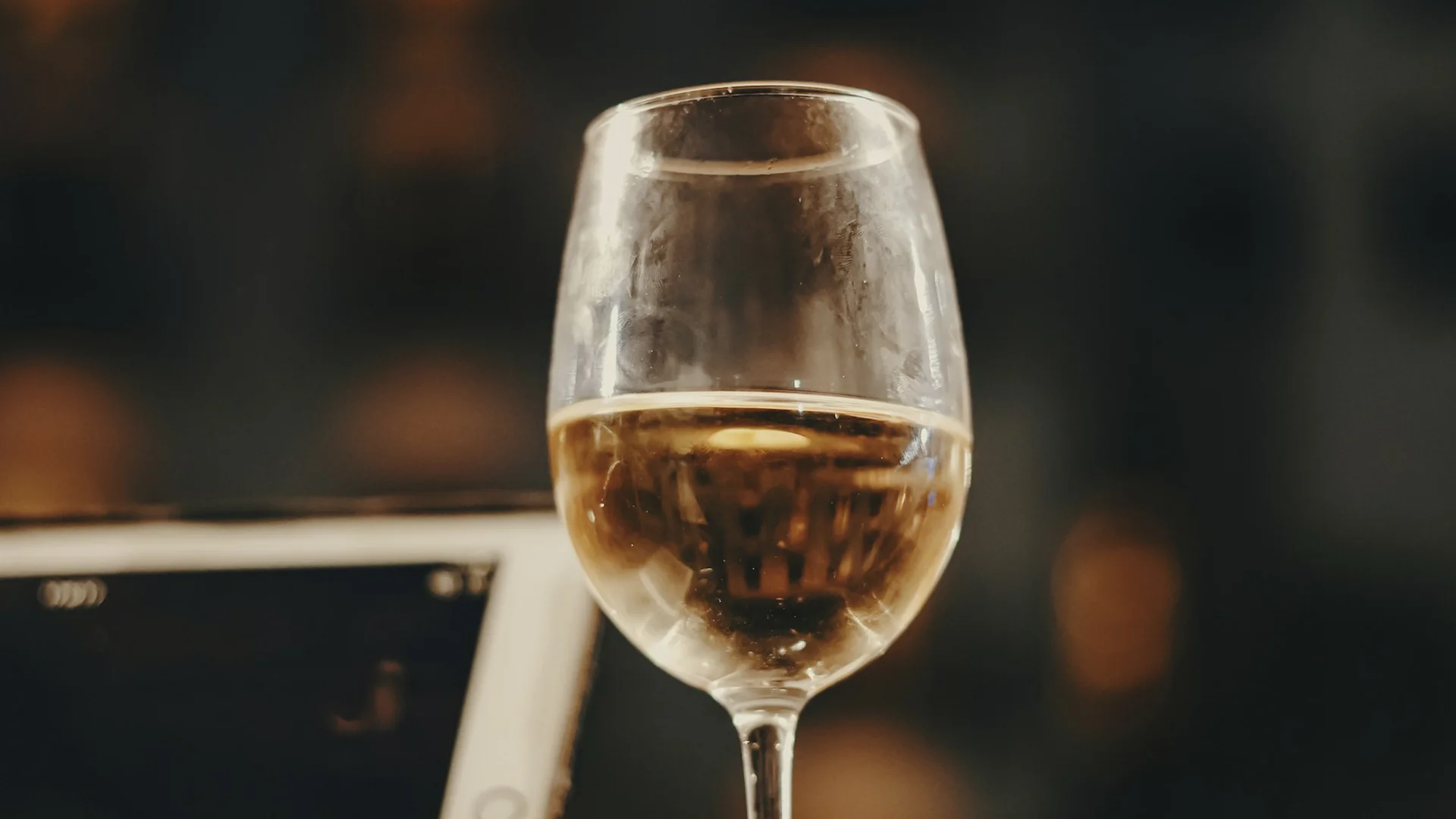




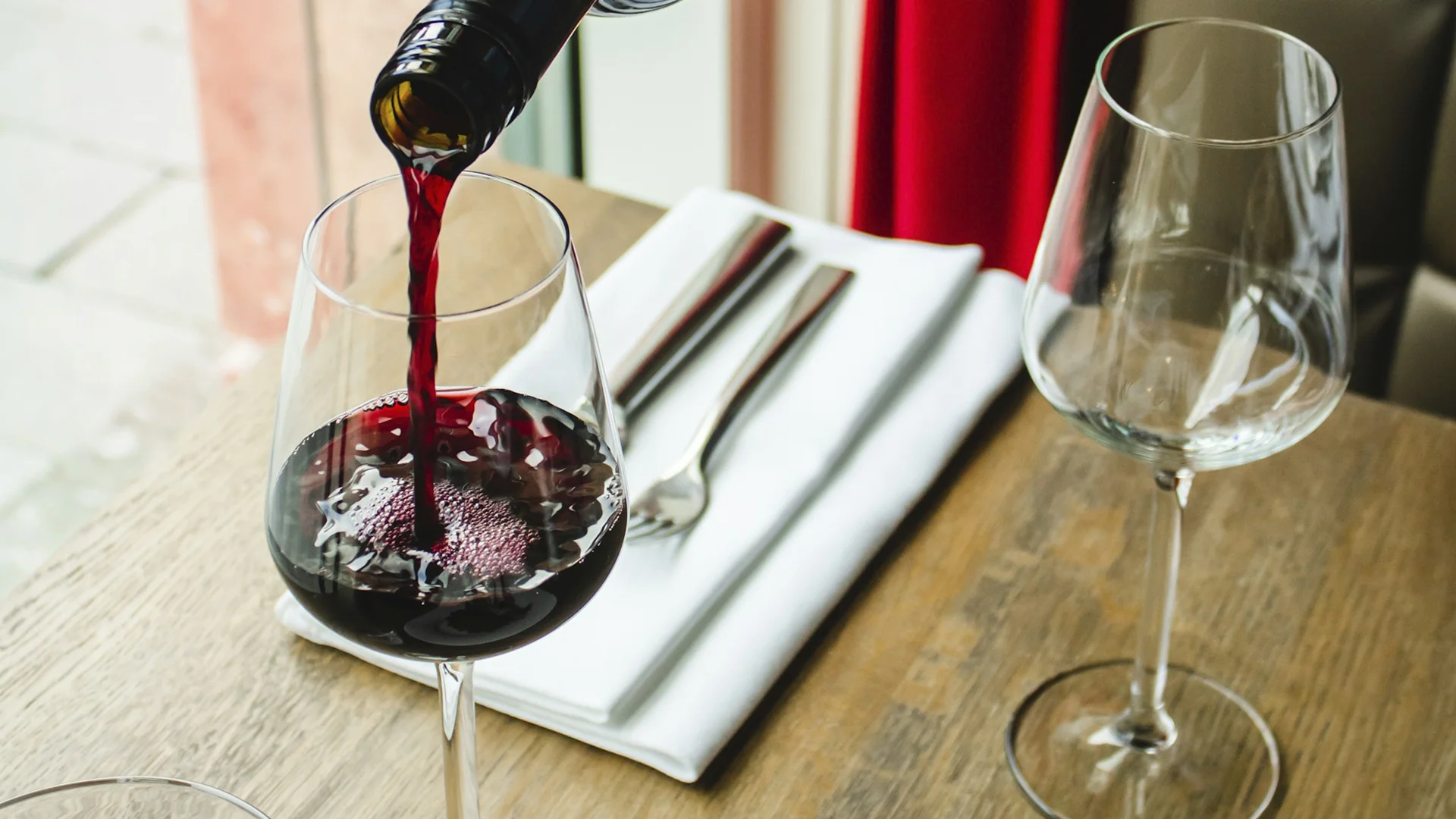












.webp)

.webp)
.webp)
.webp)



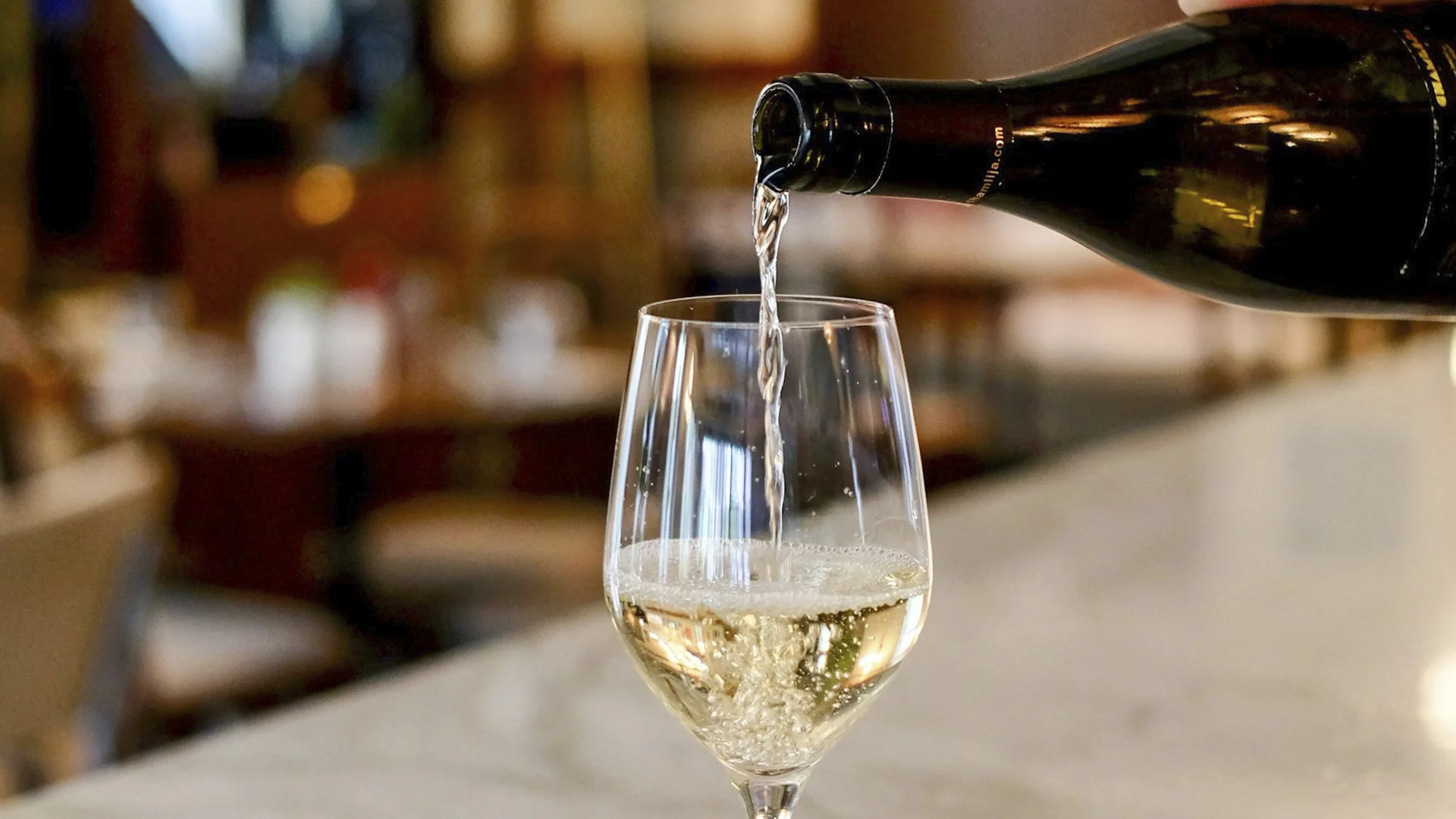


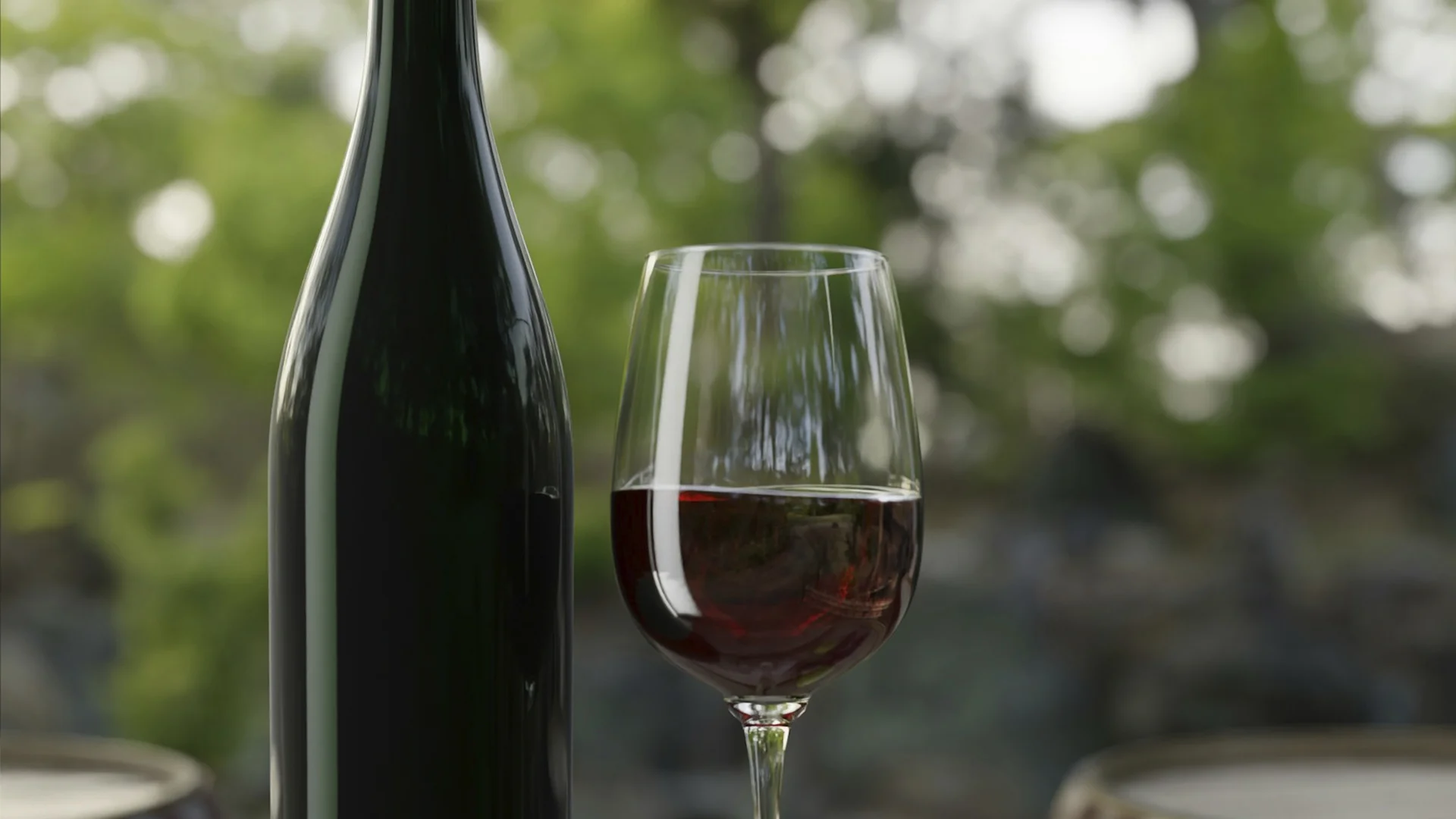



















.webp)













Are you interested in
collaborating with us?